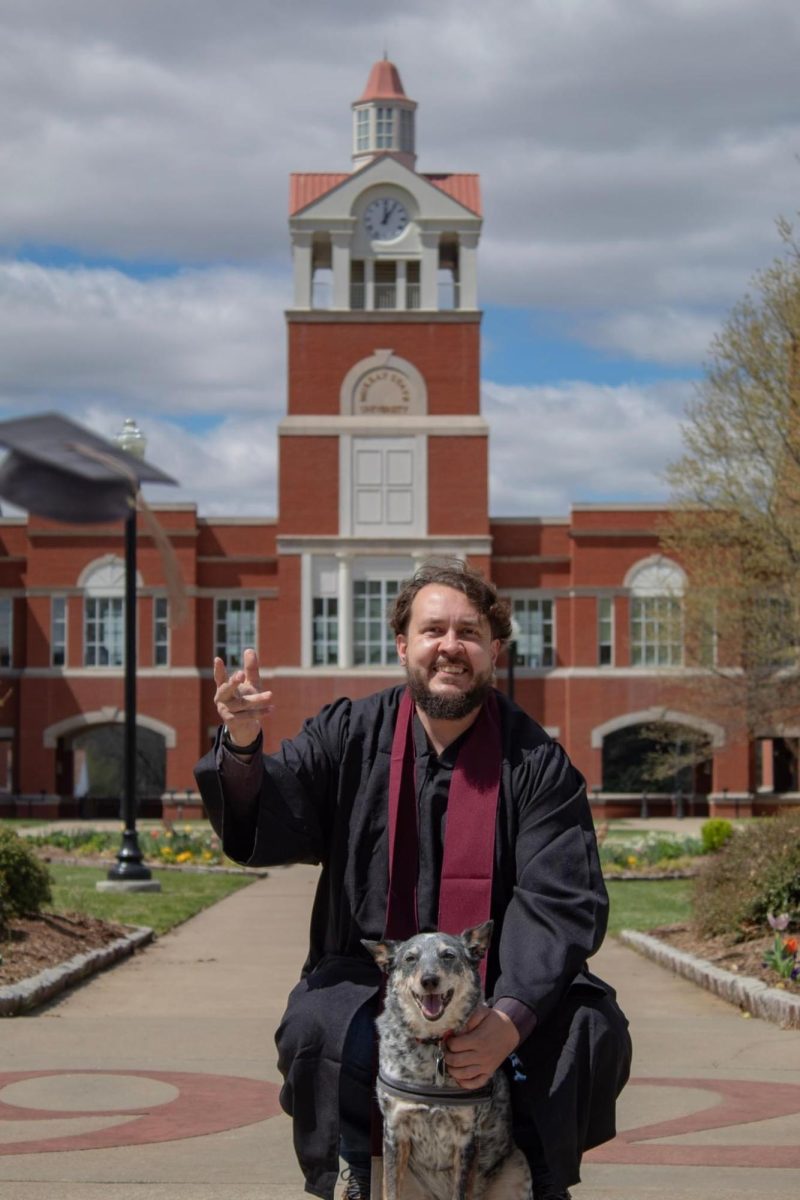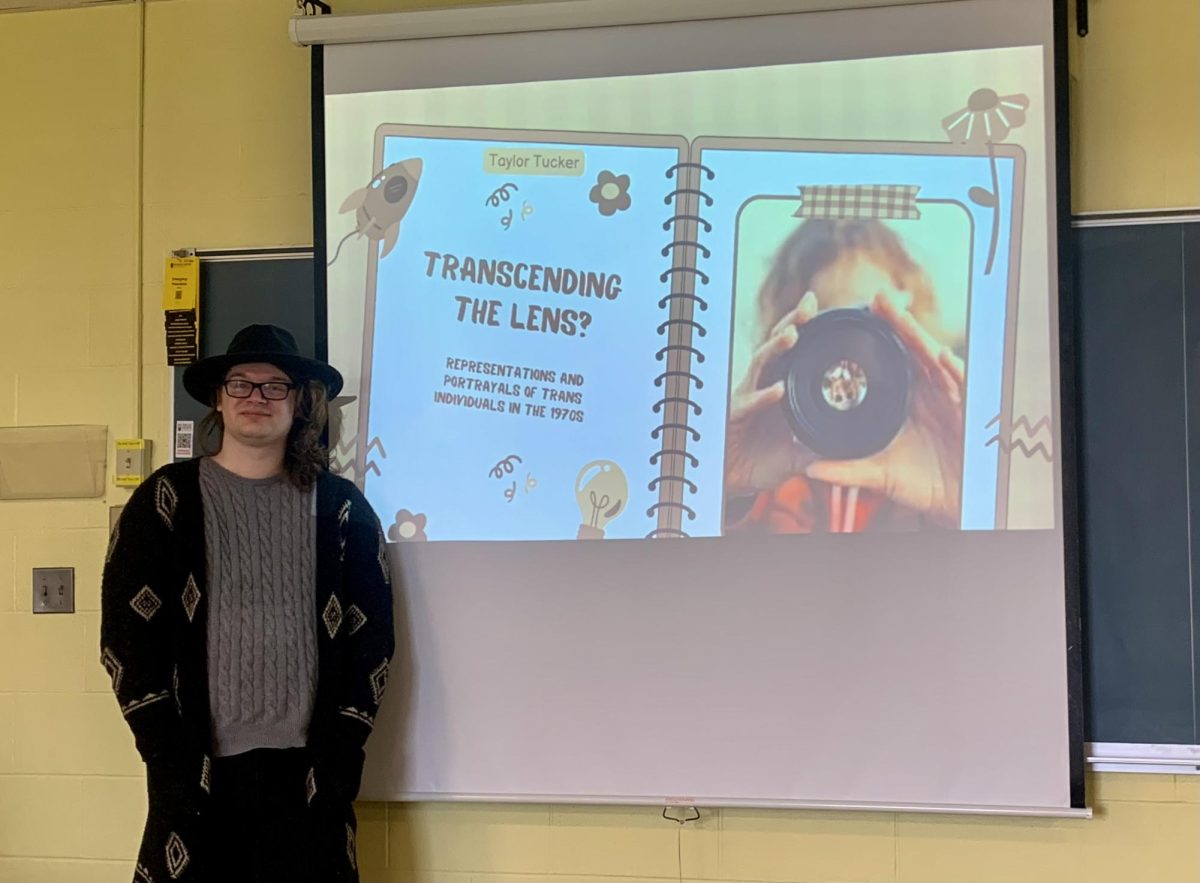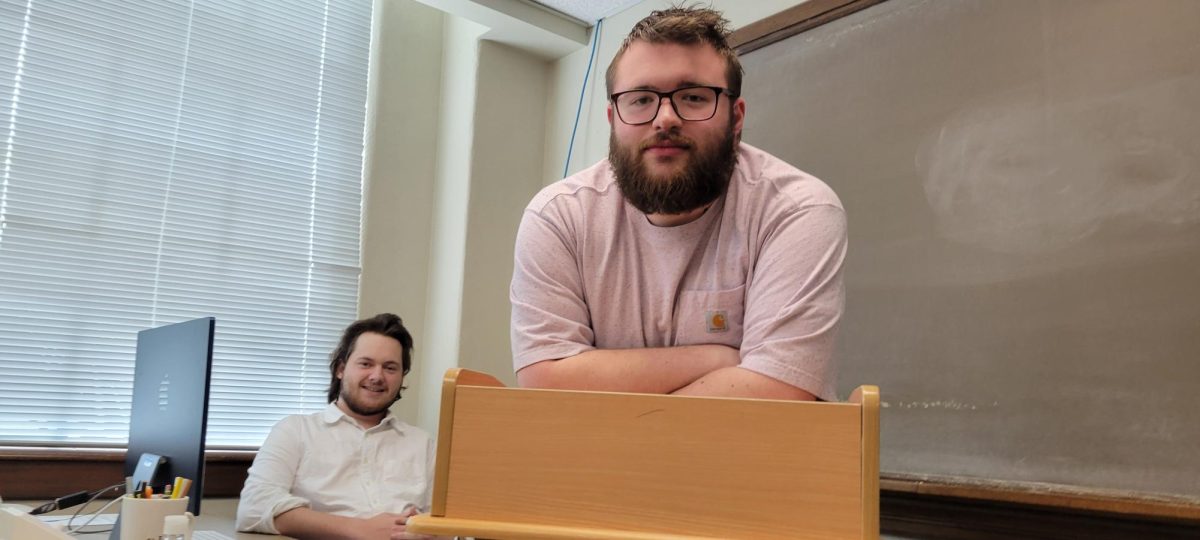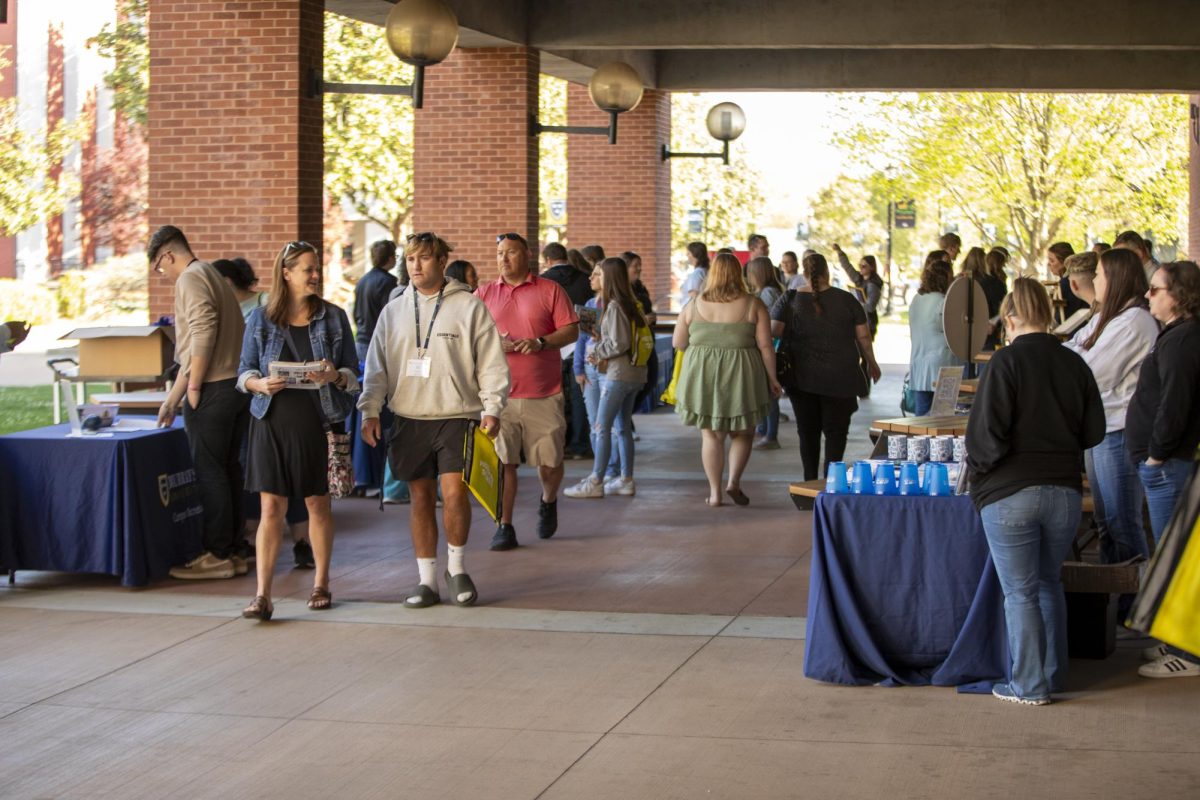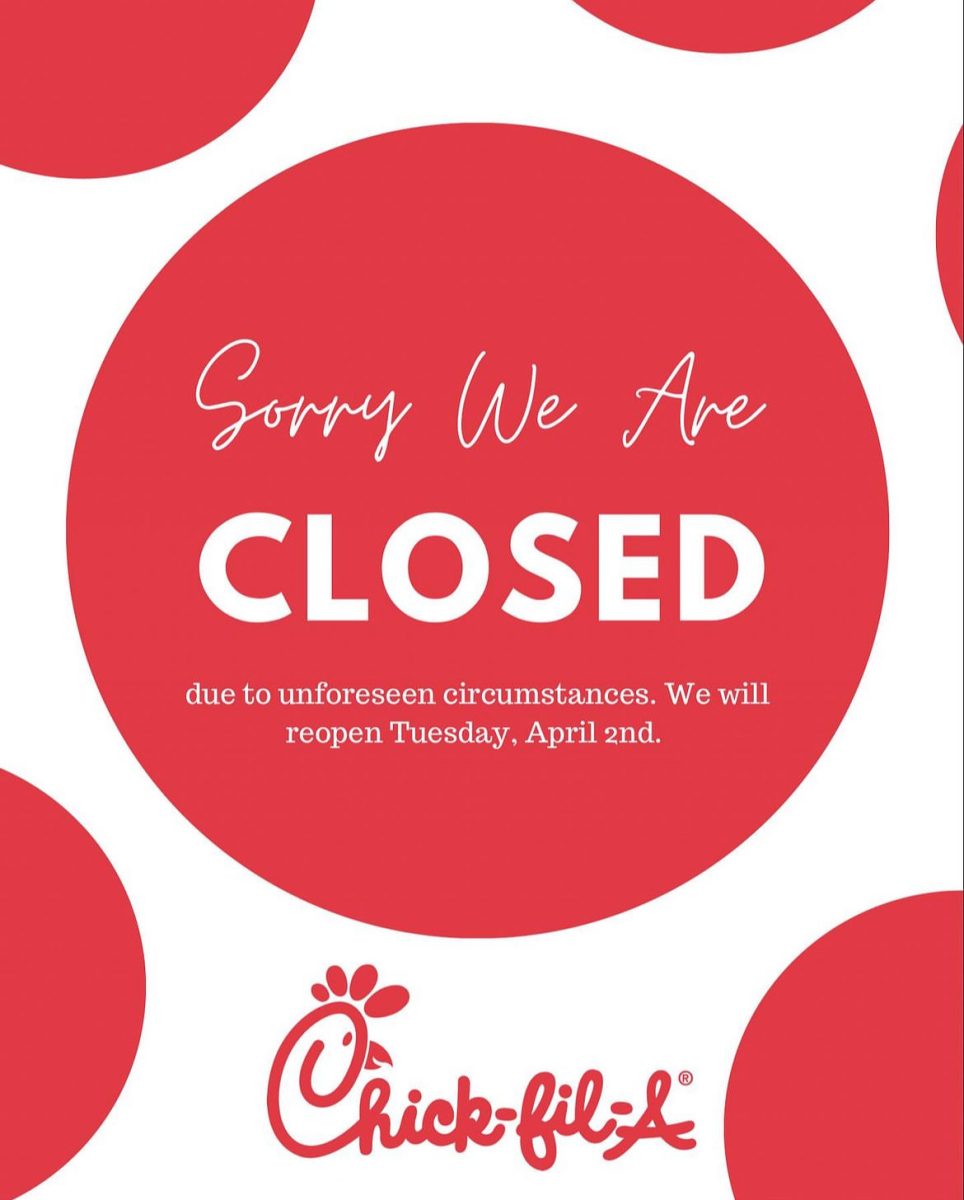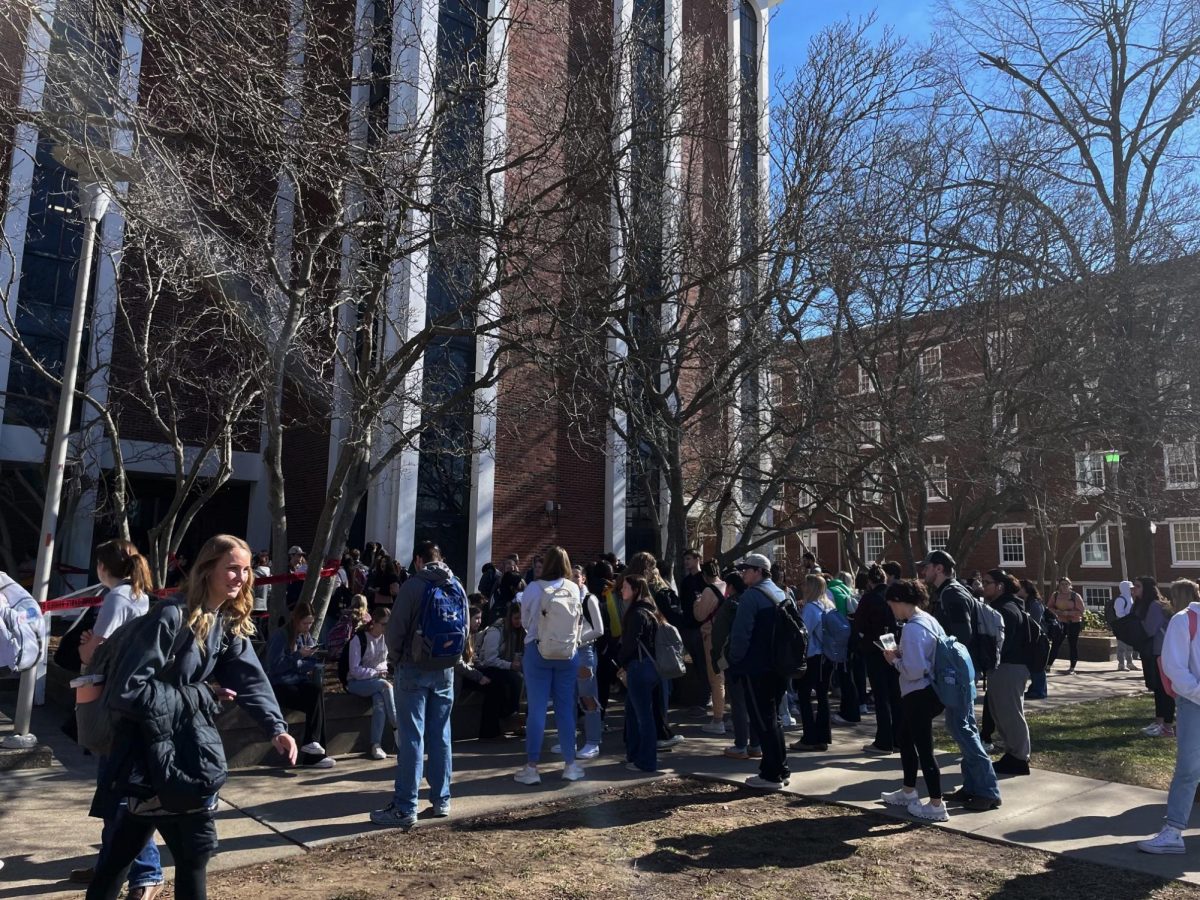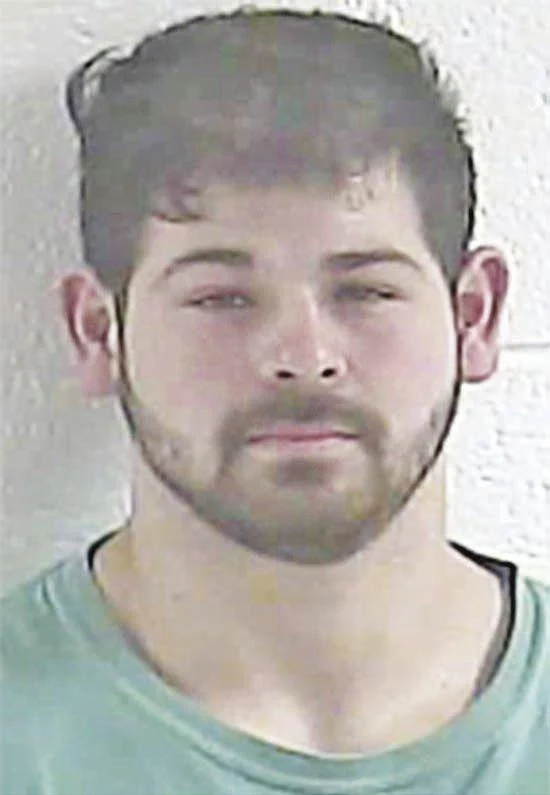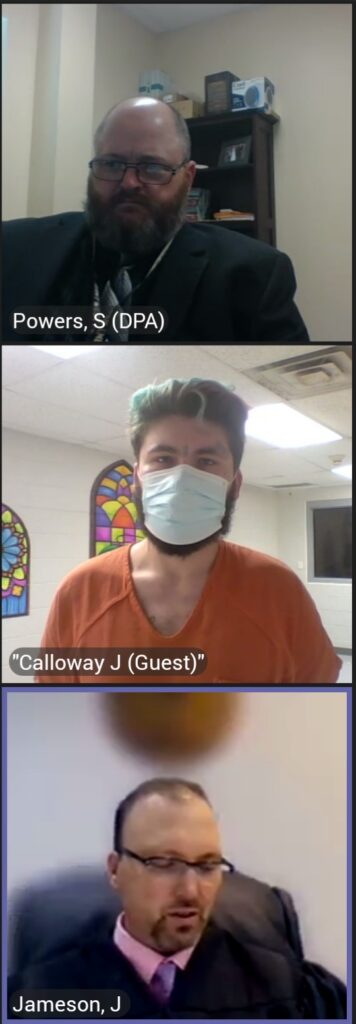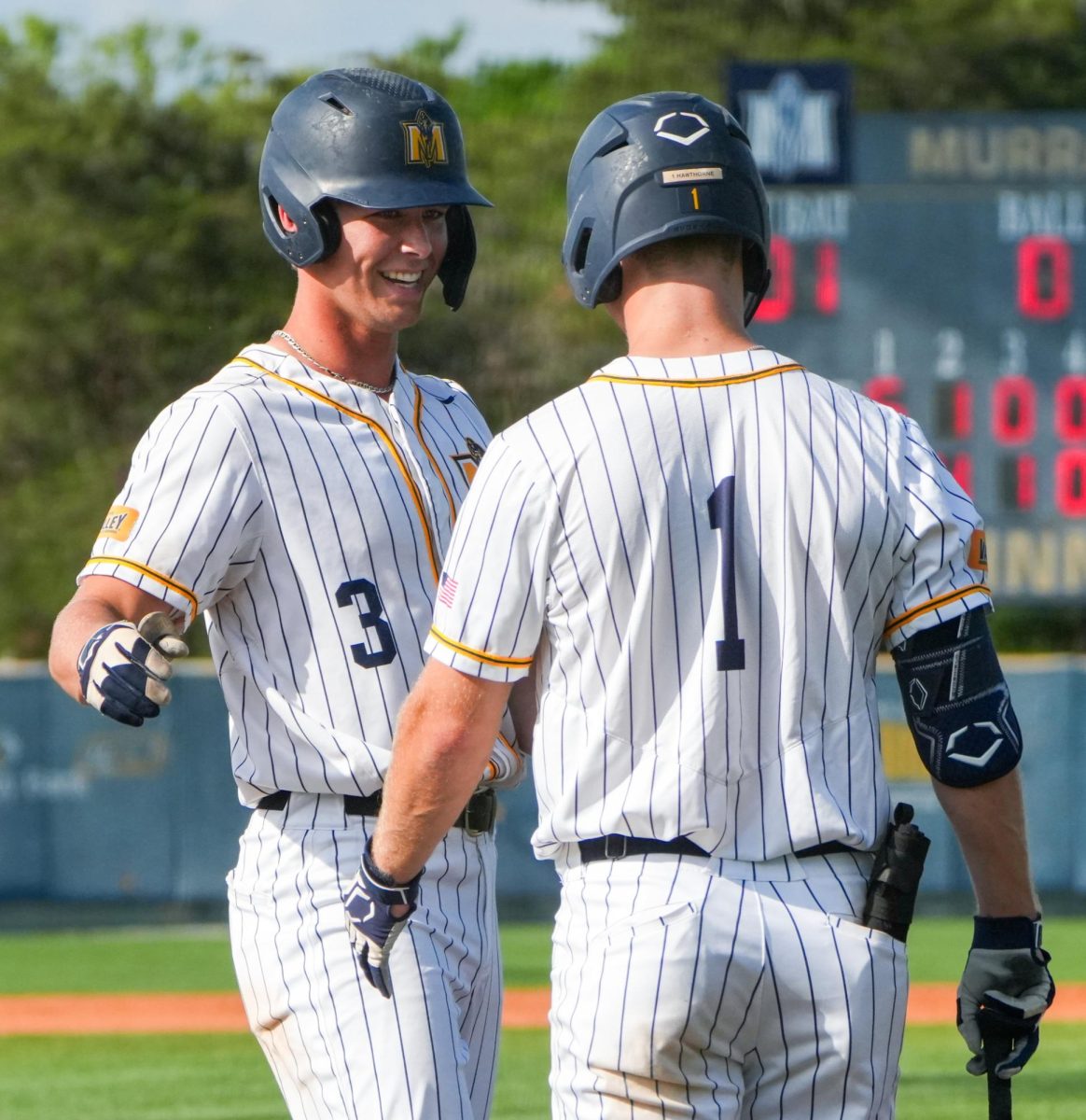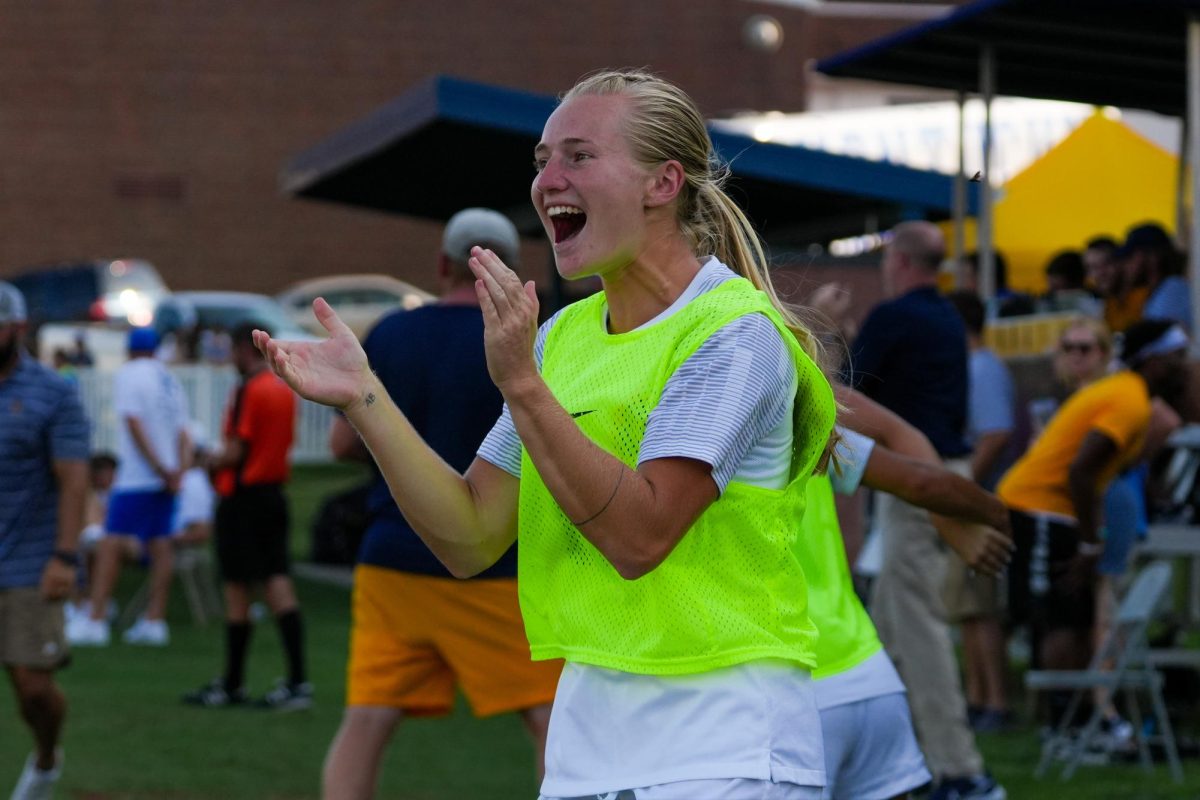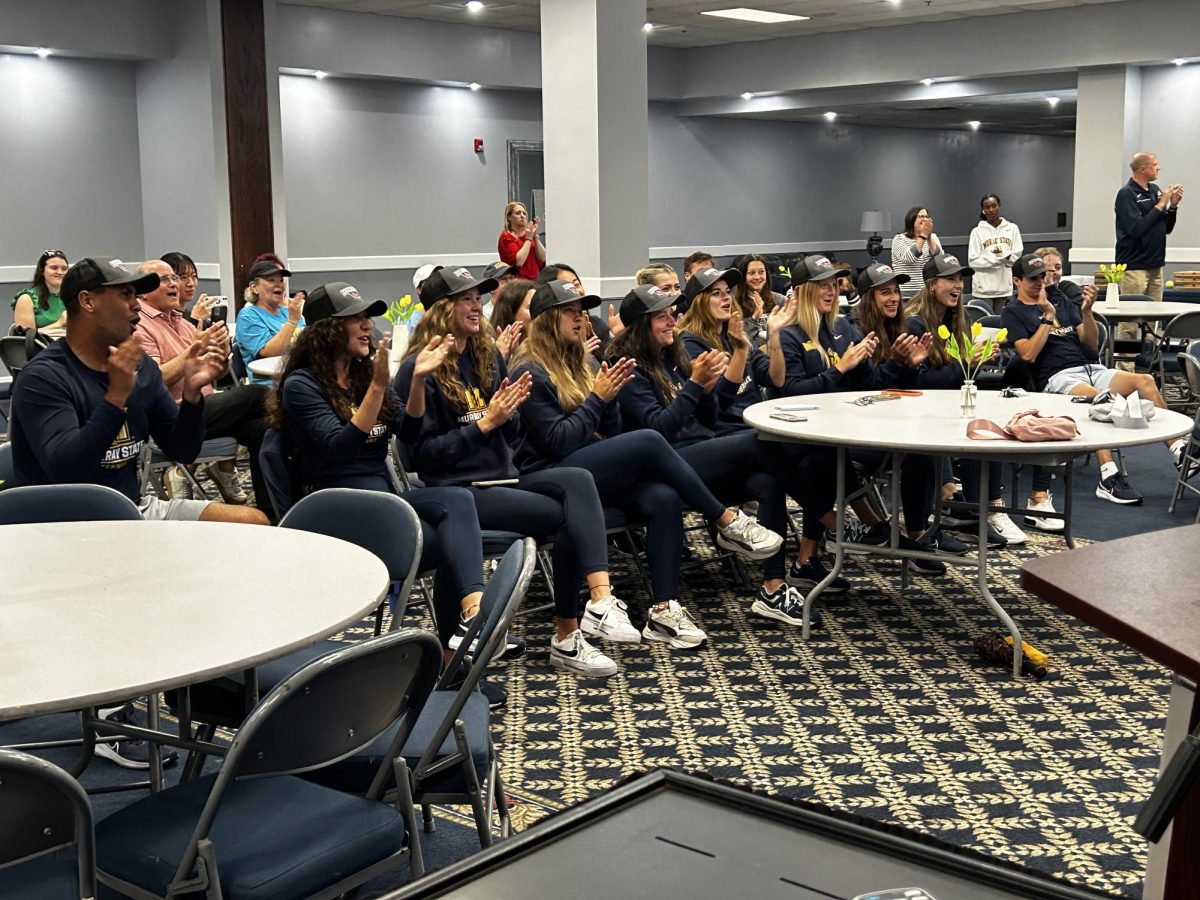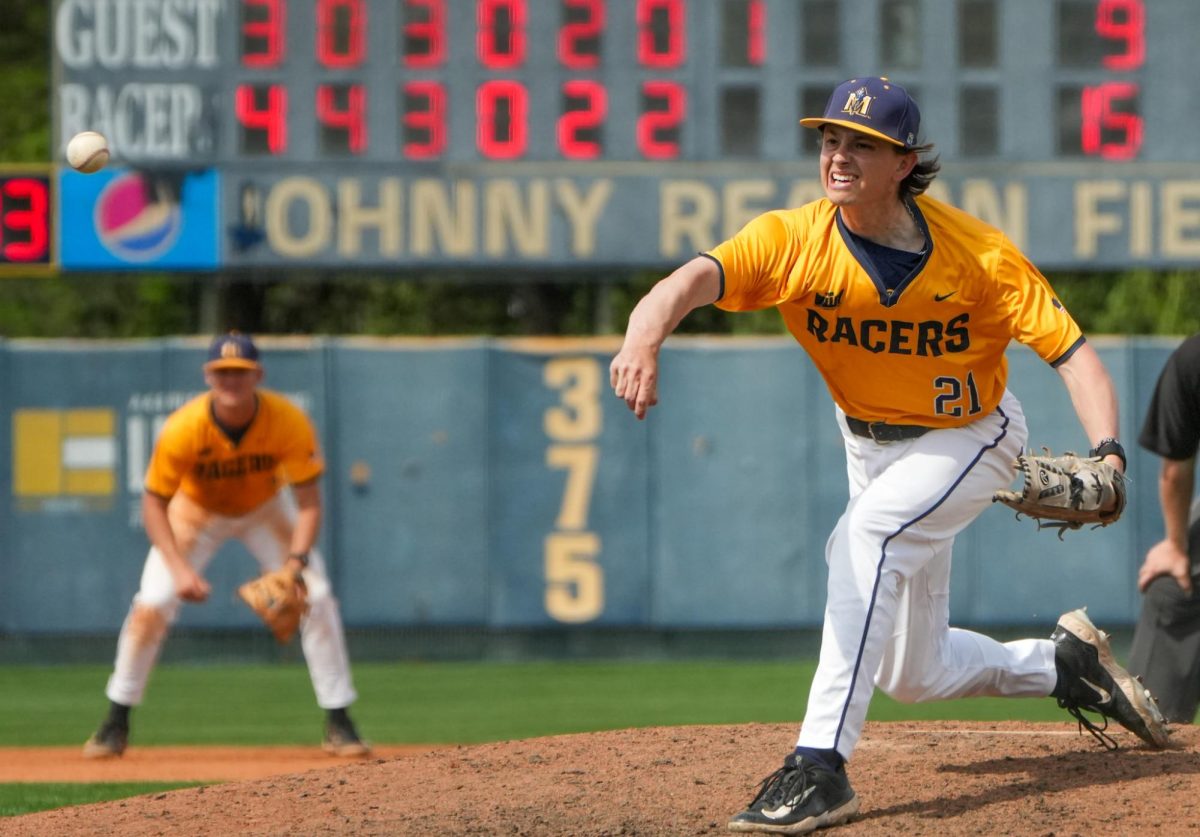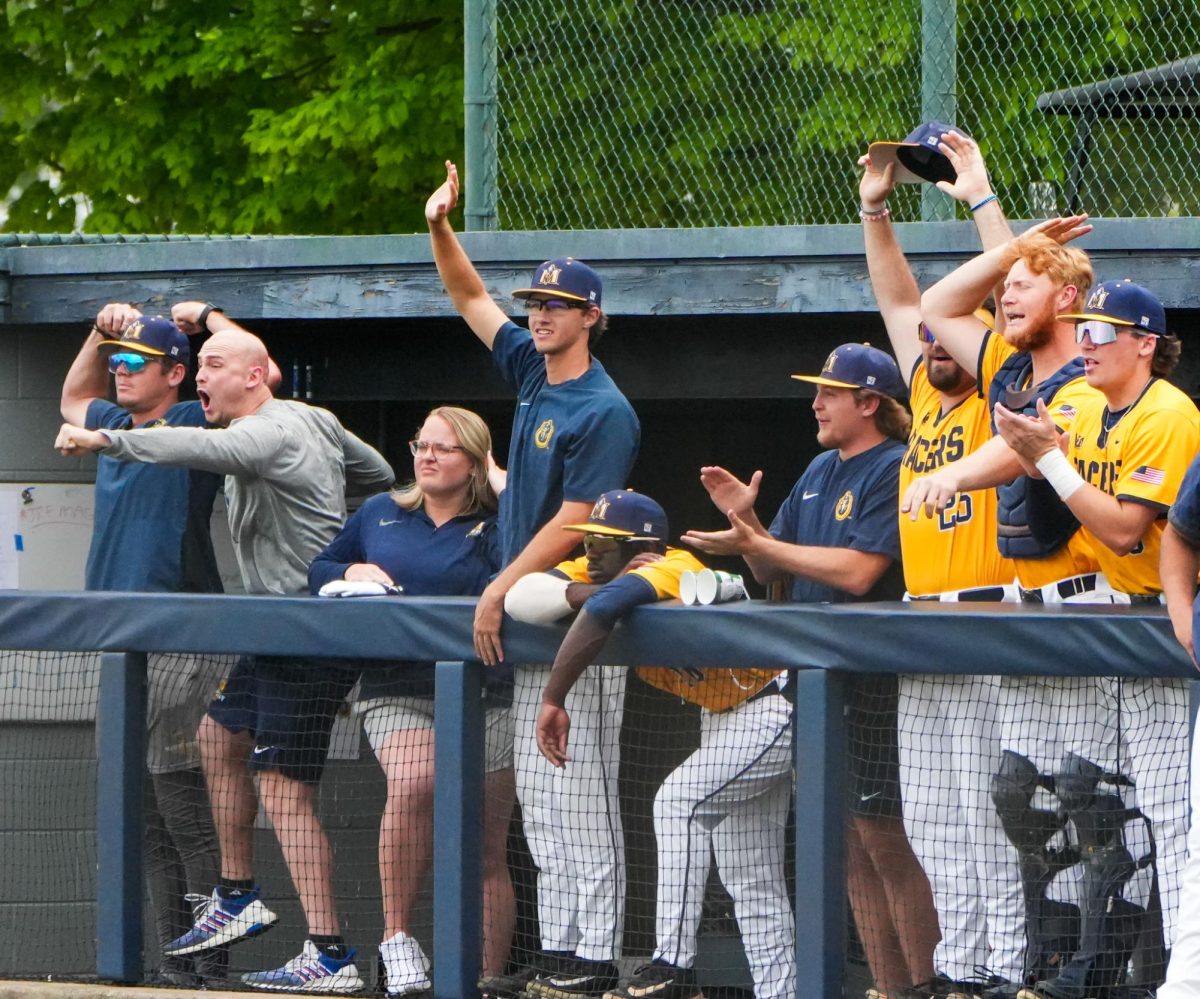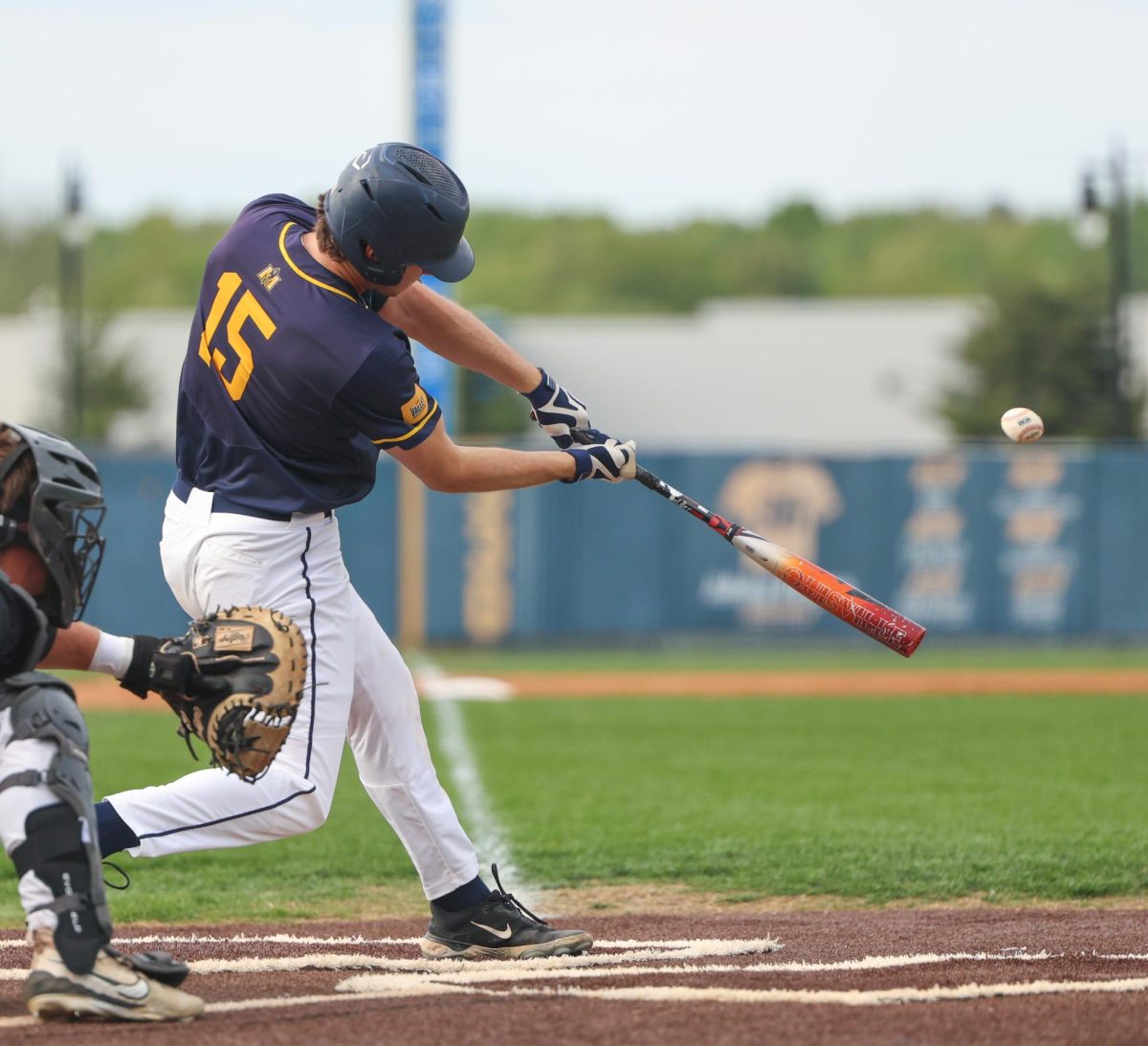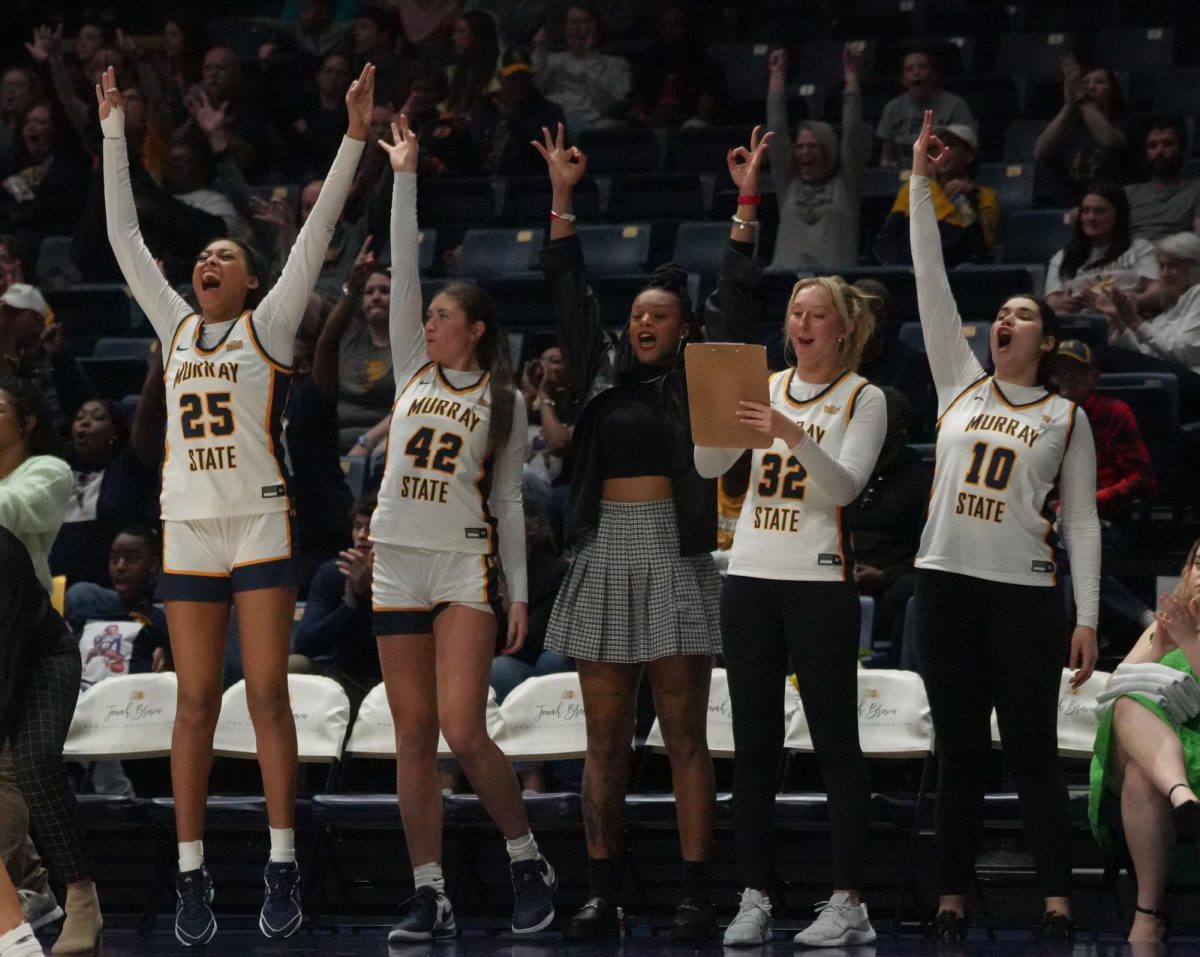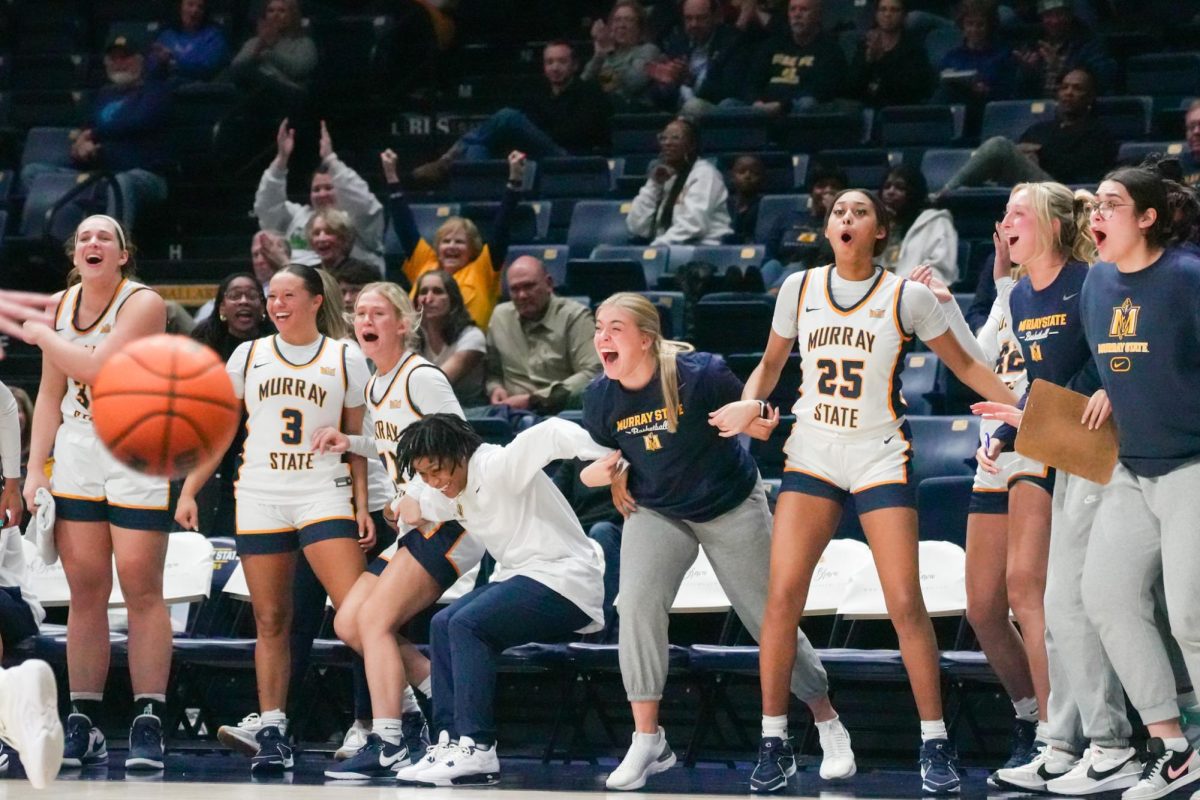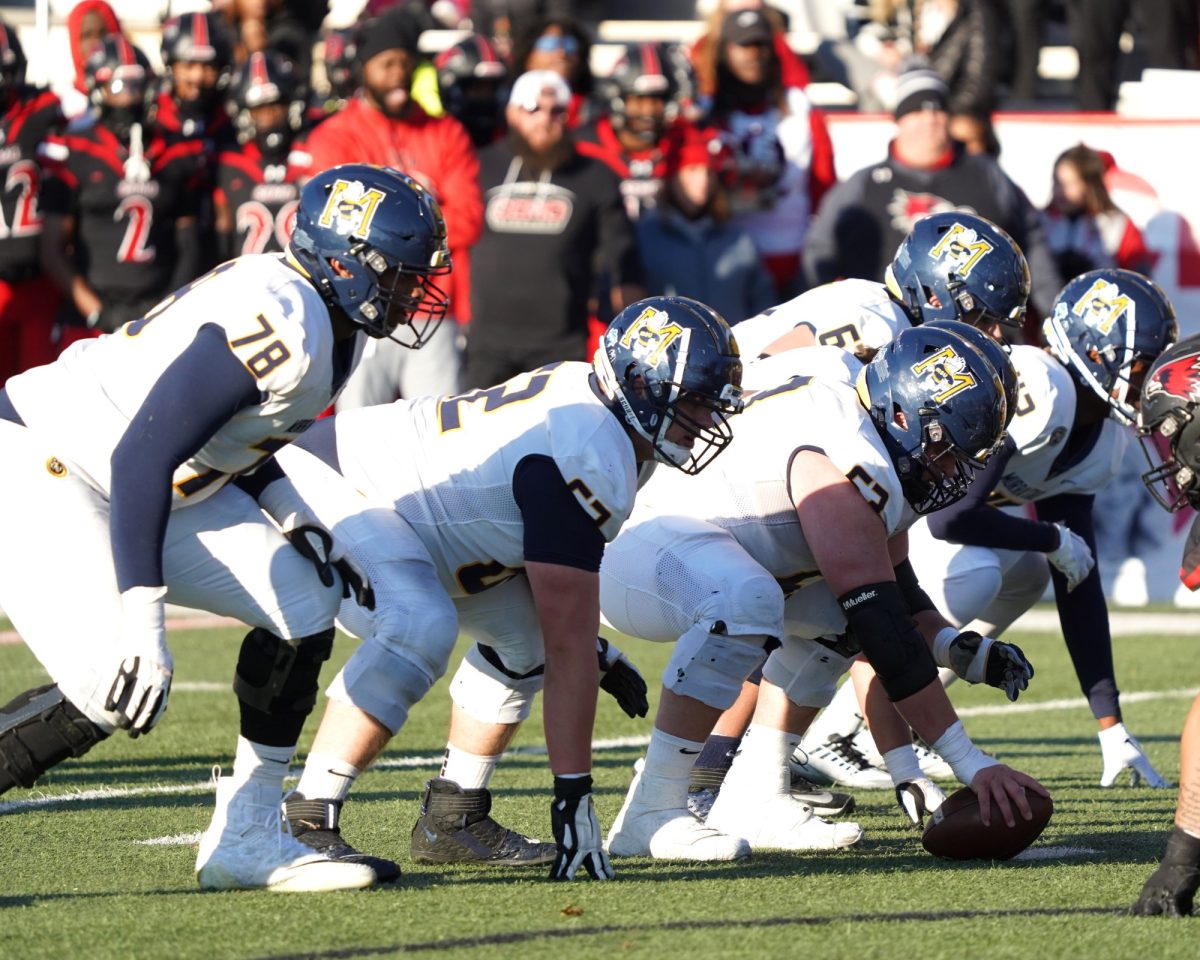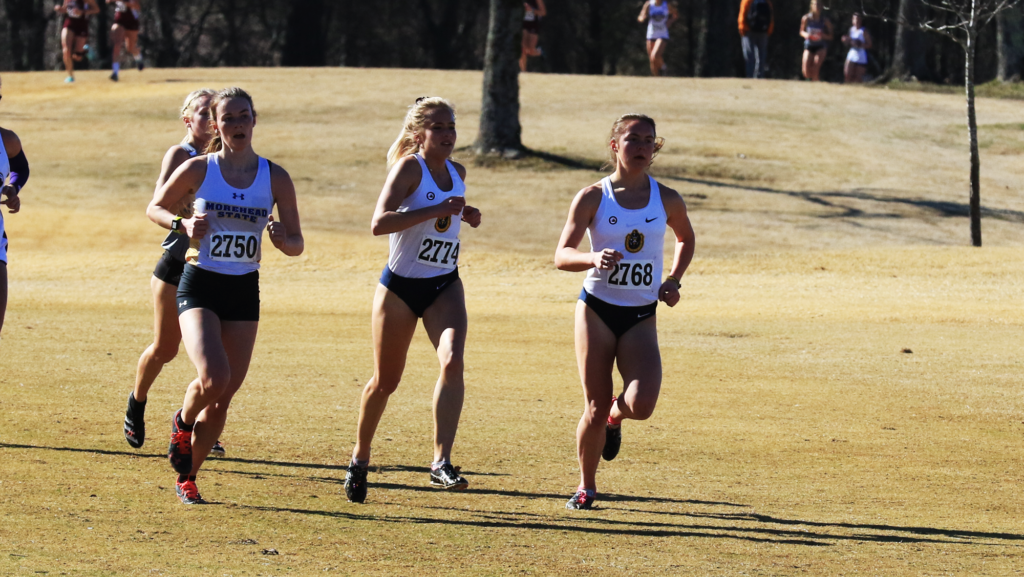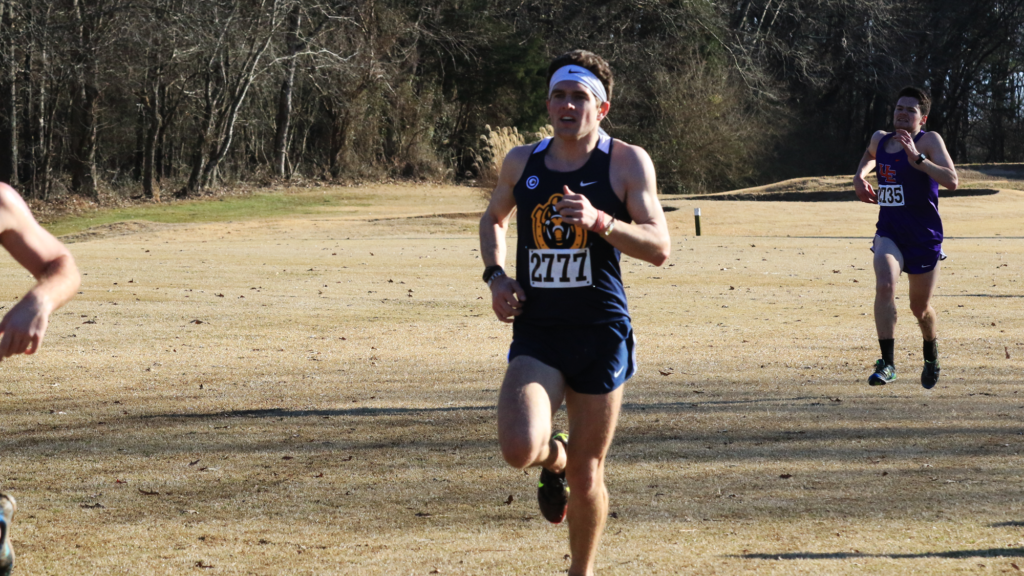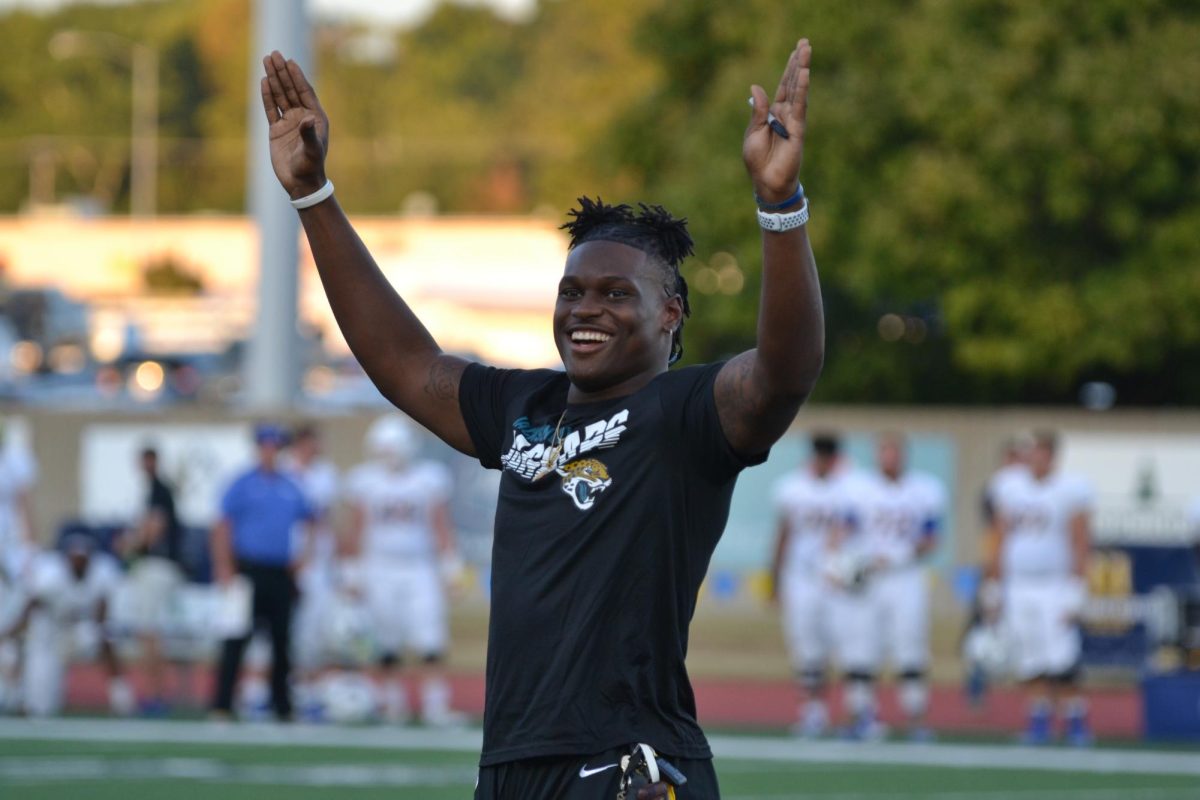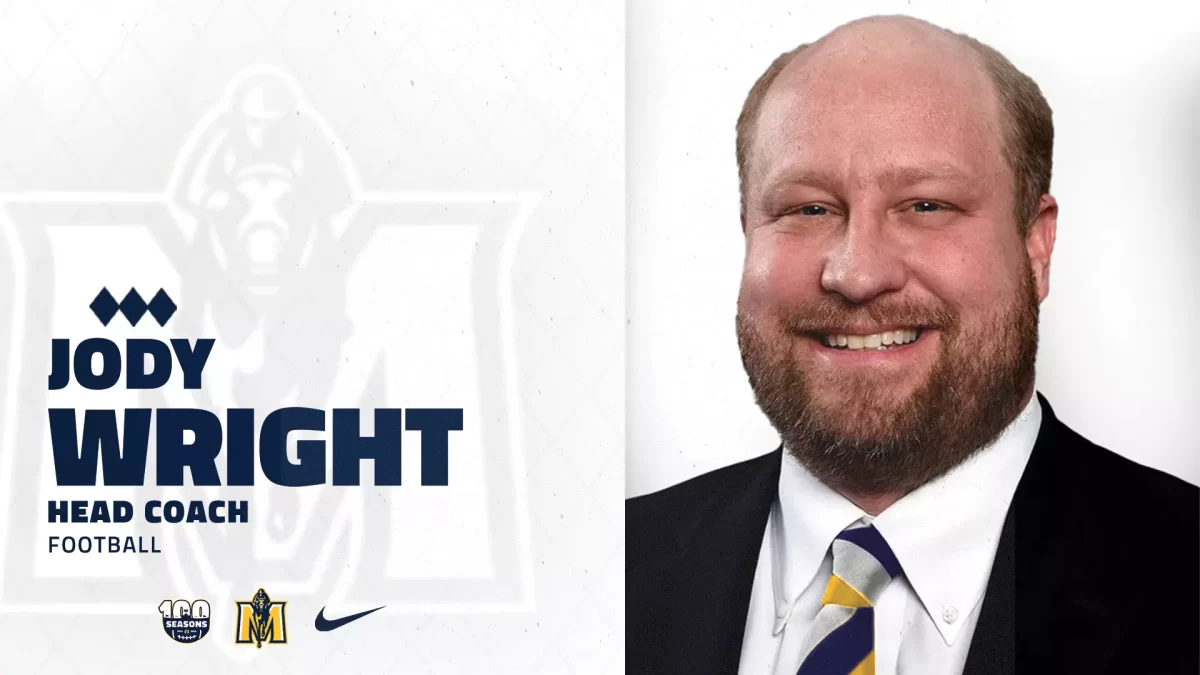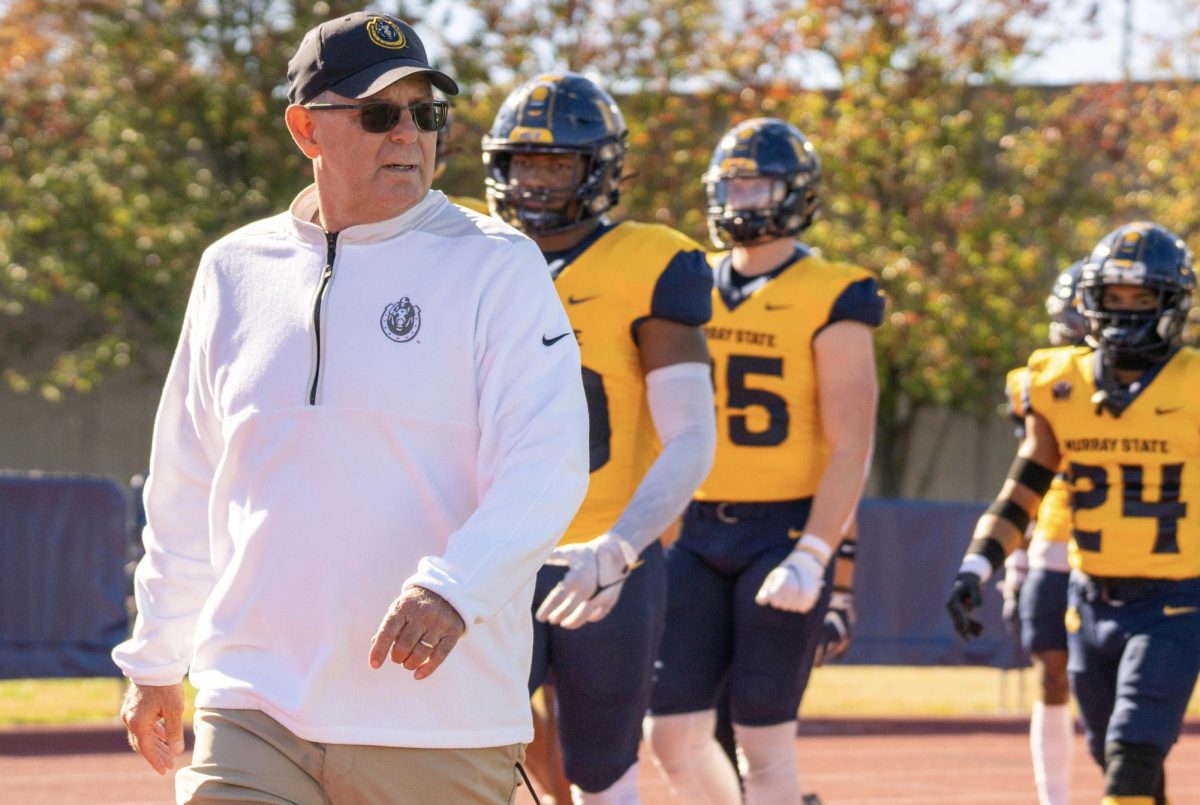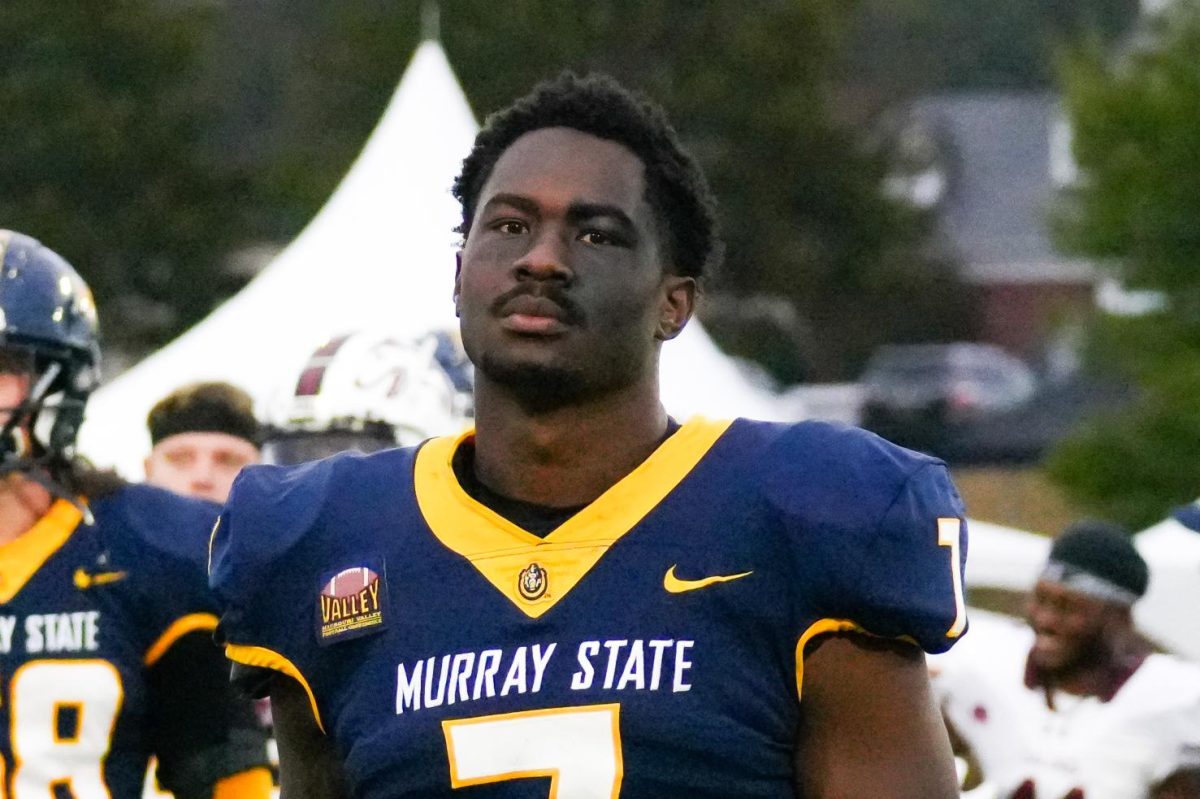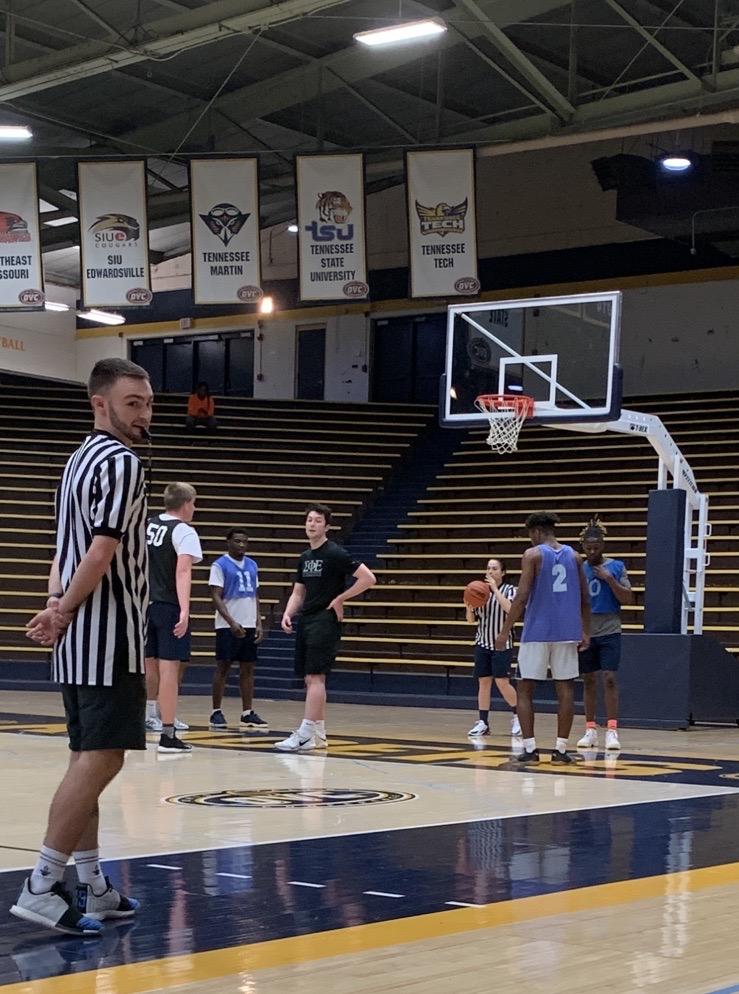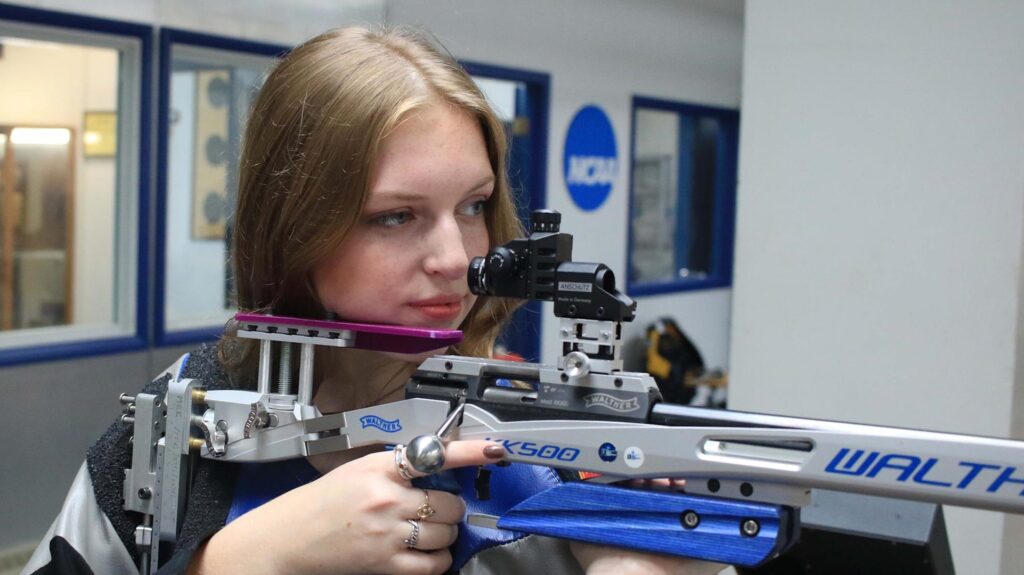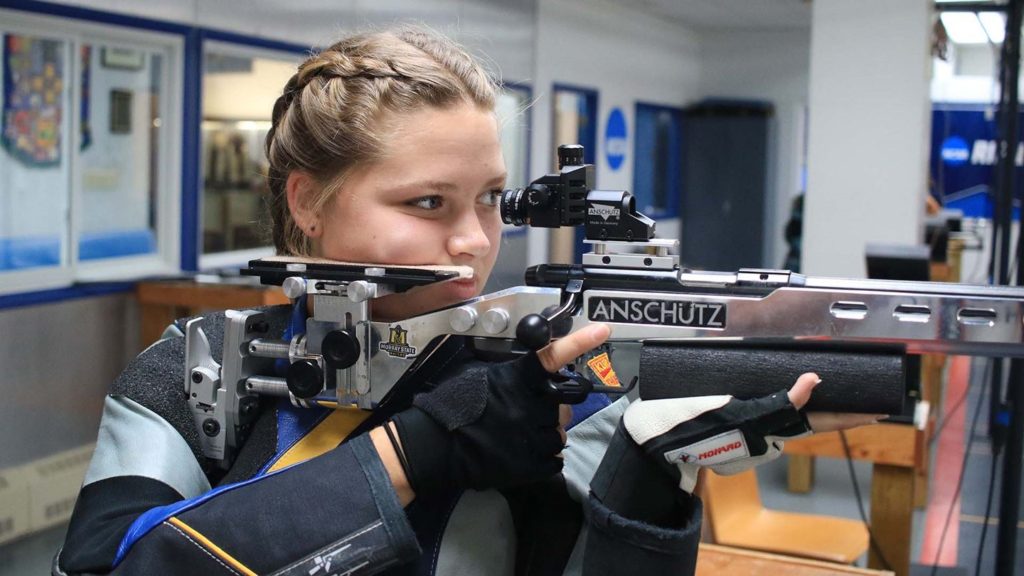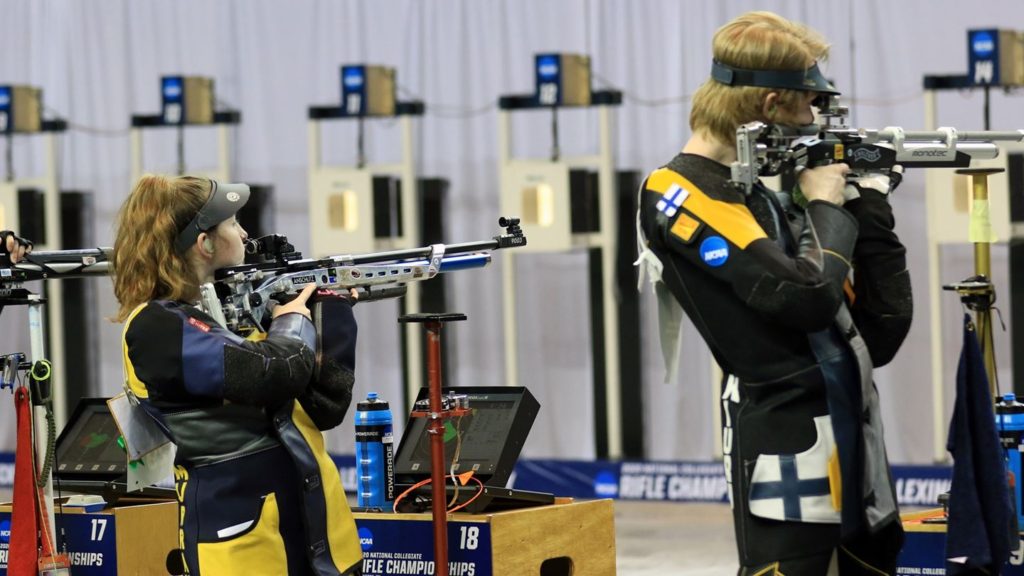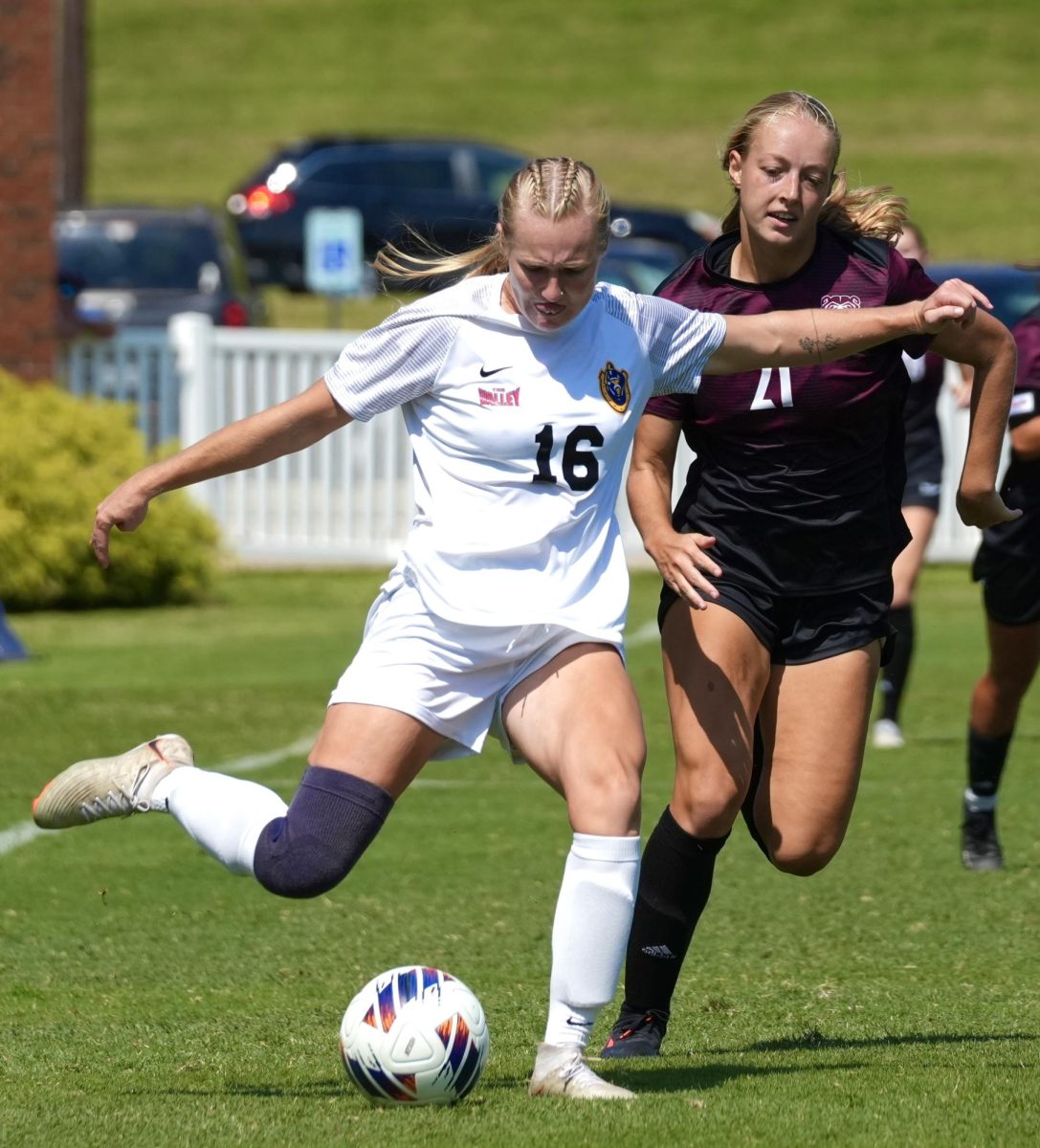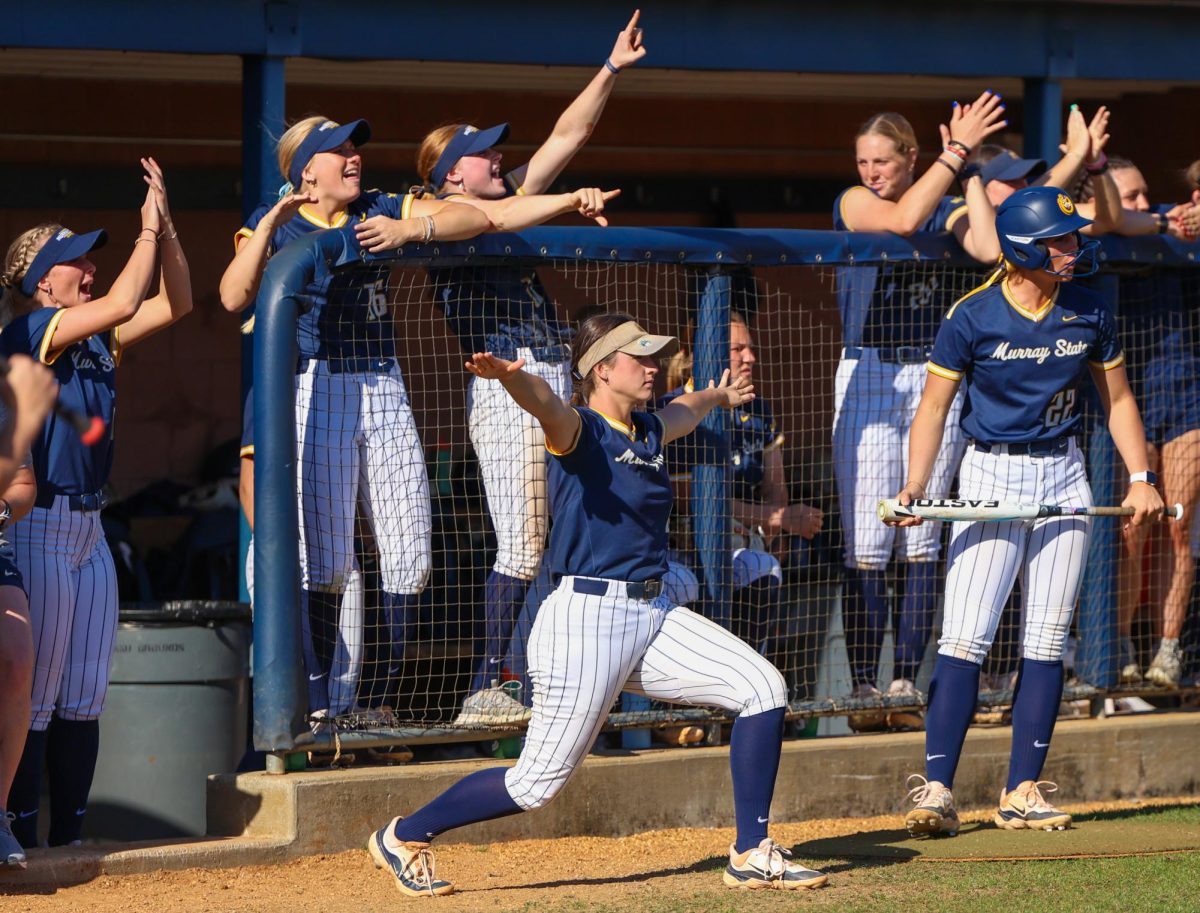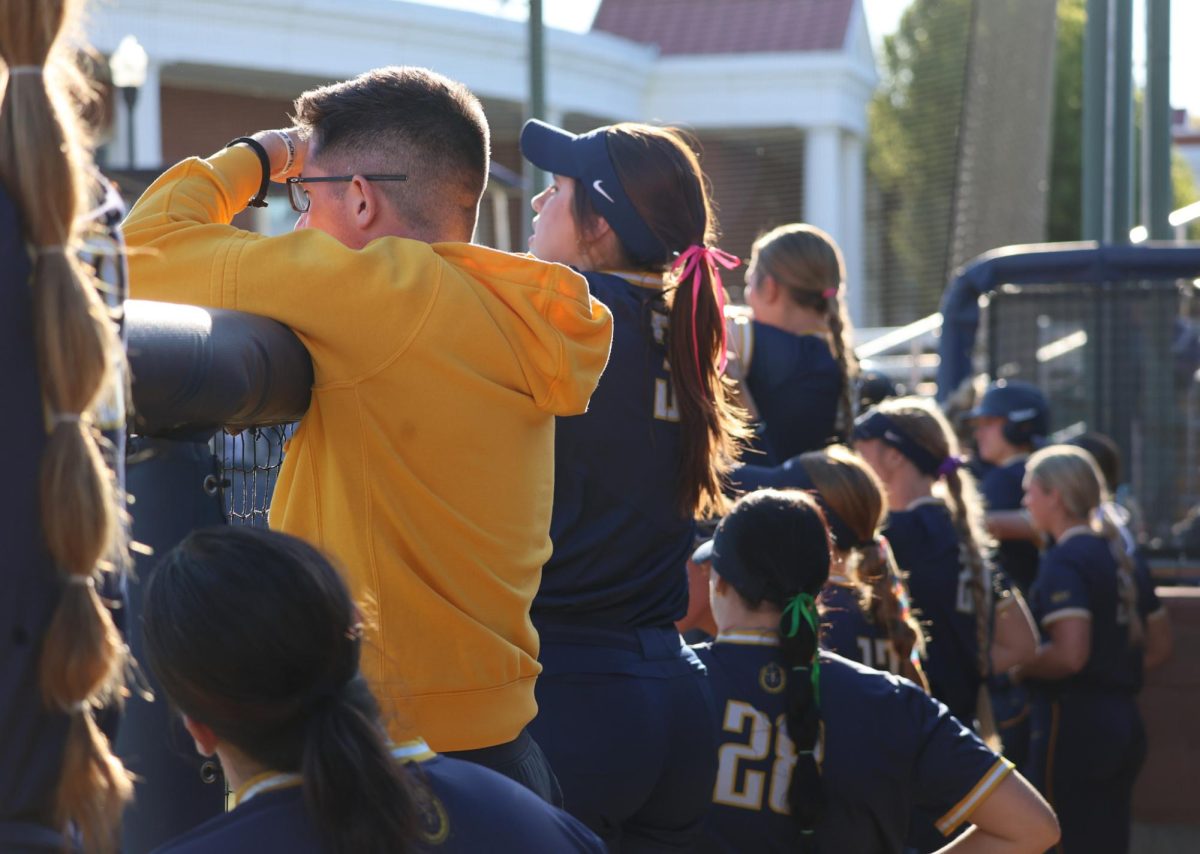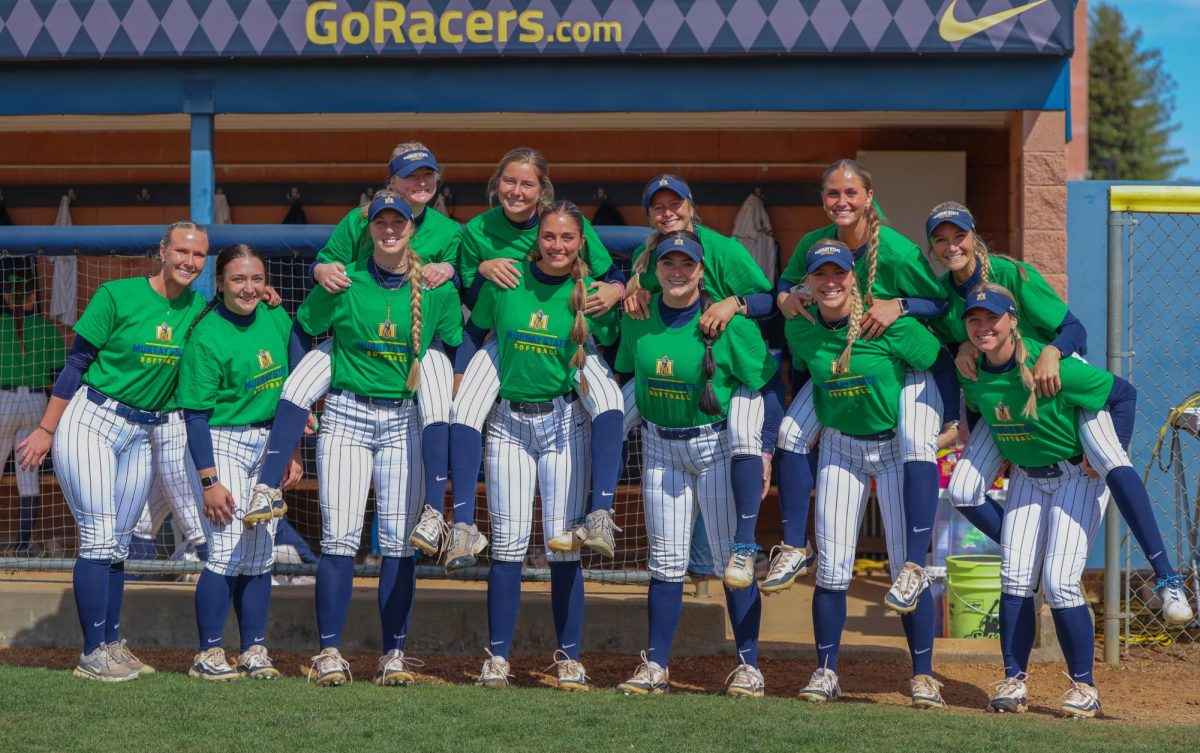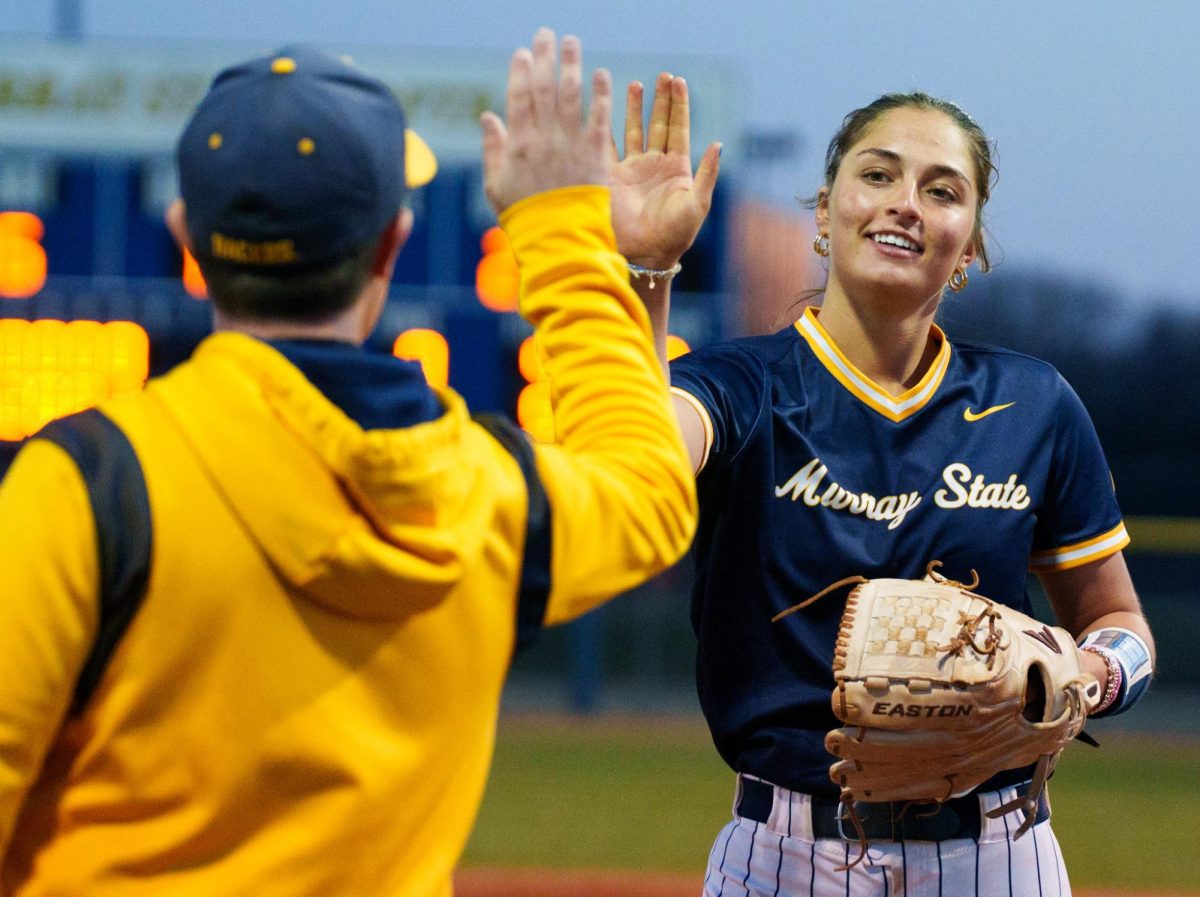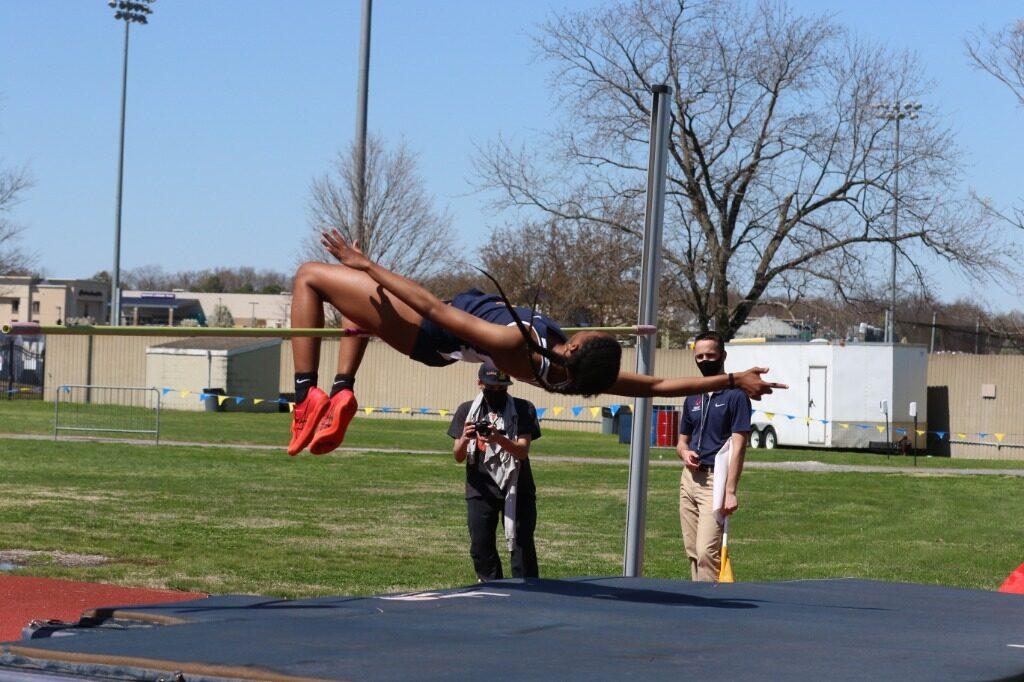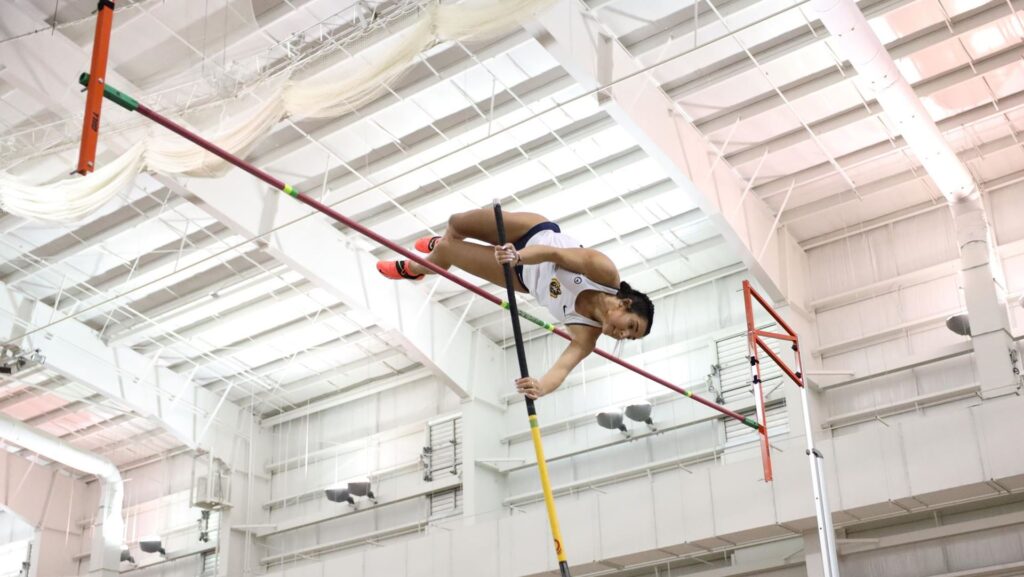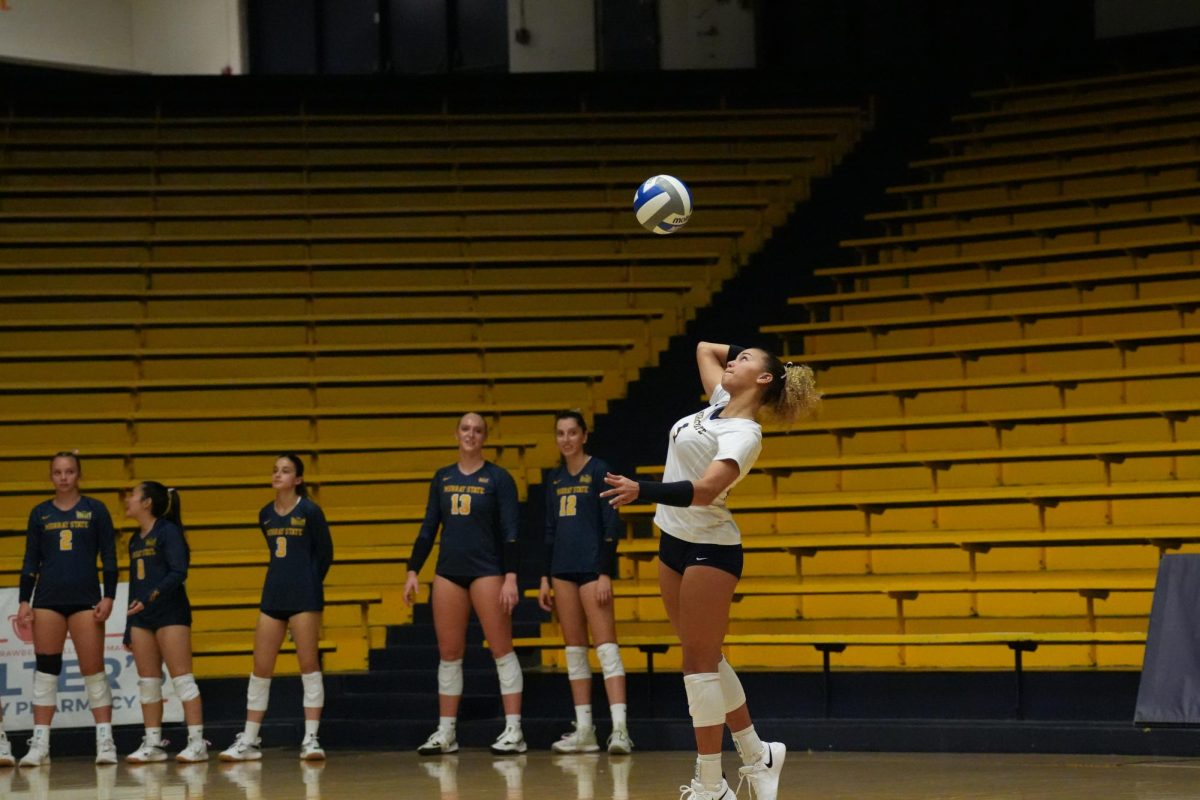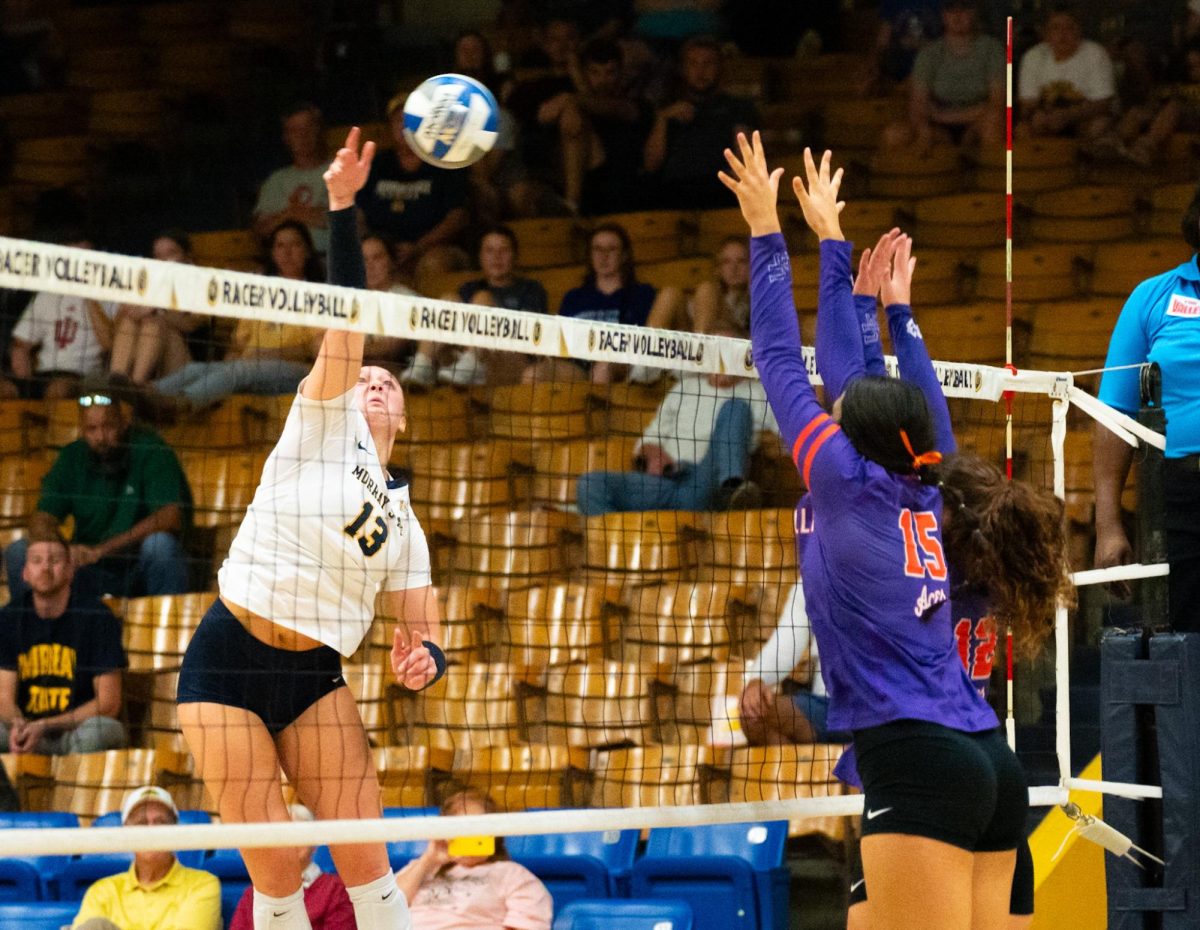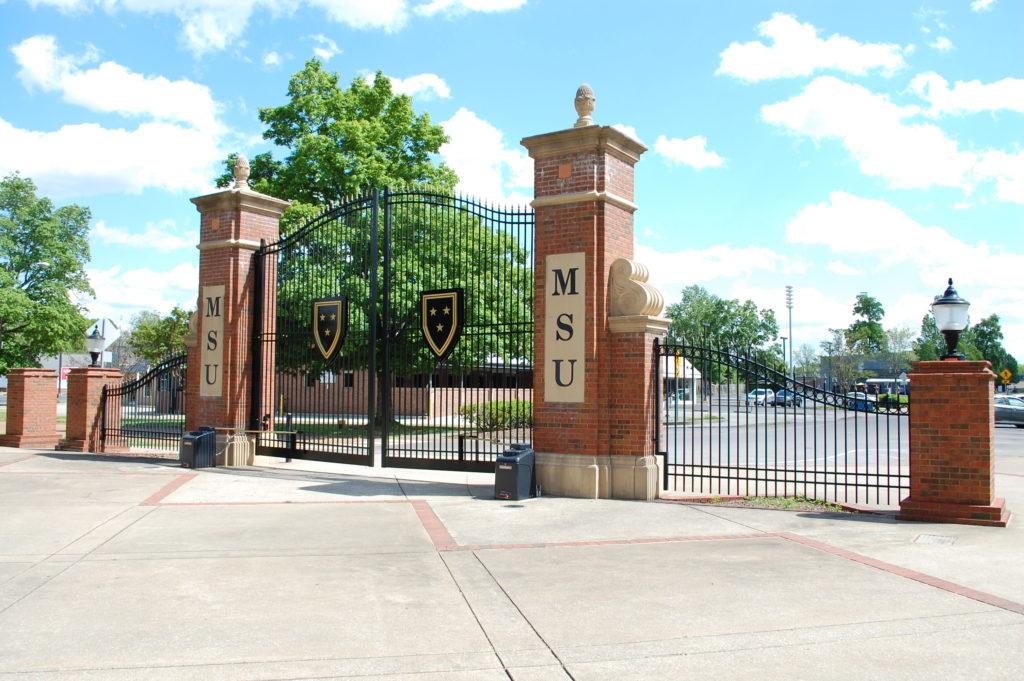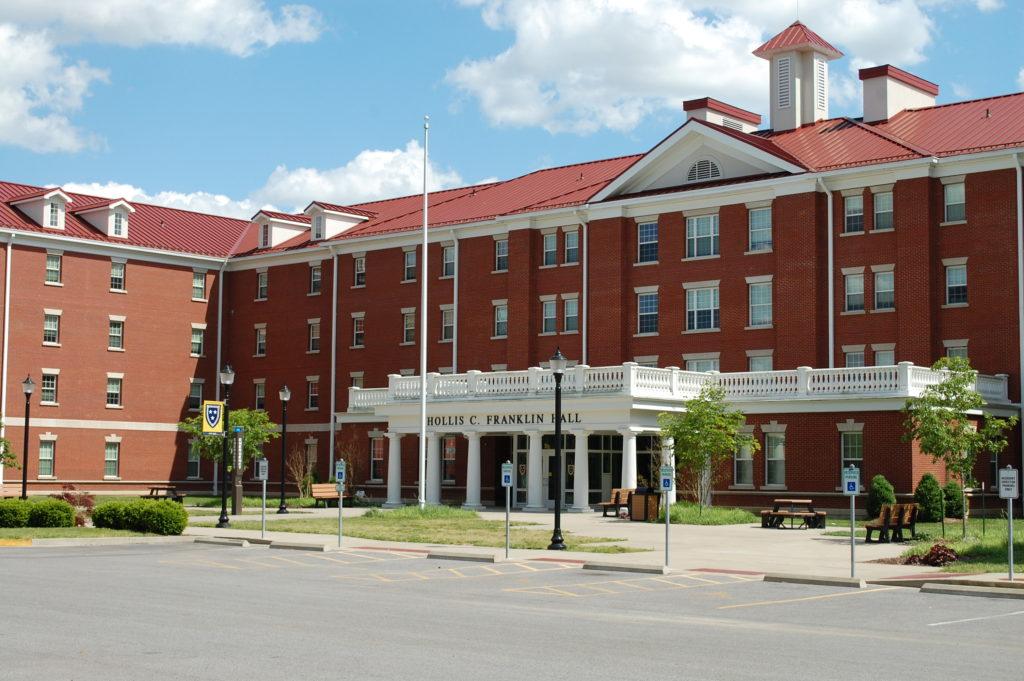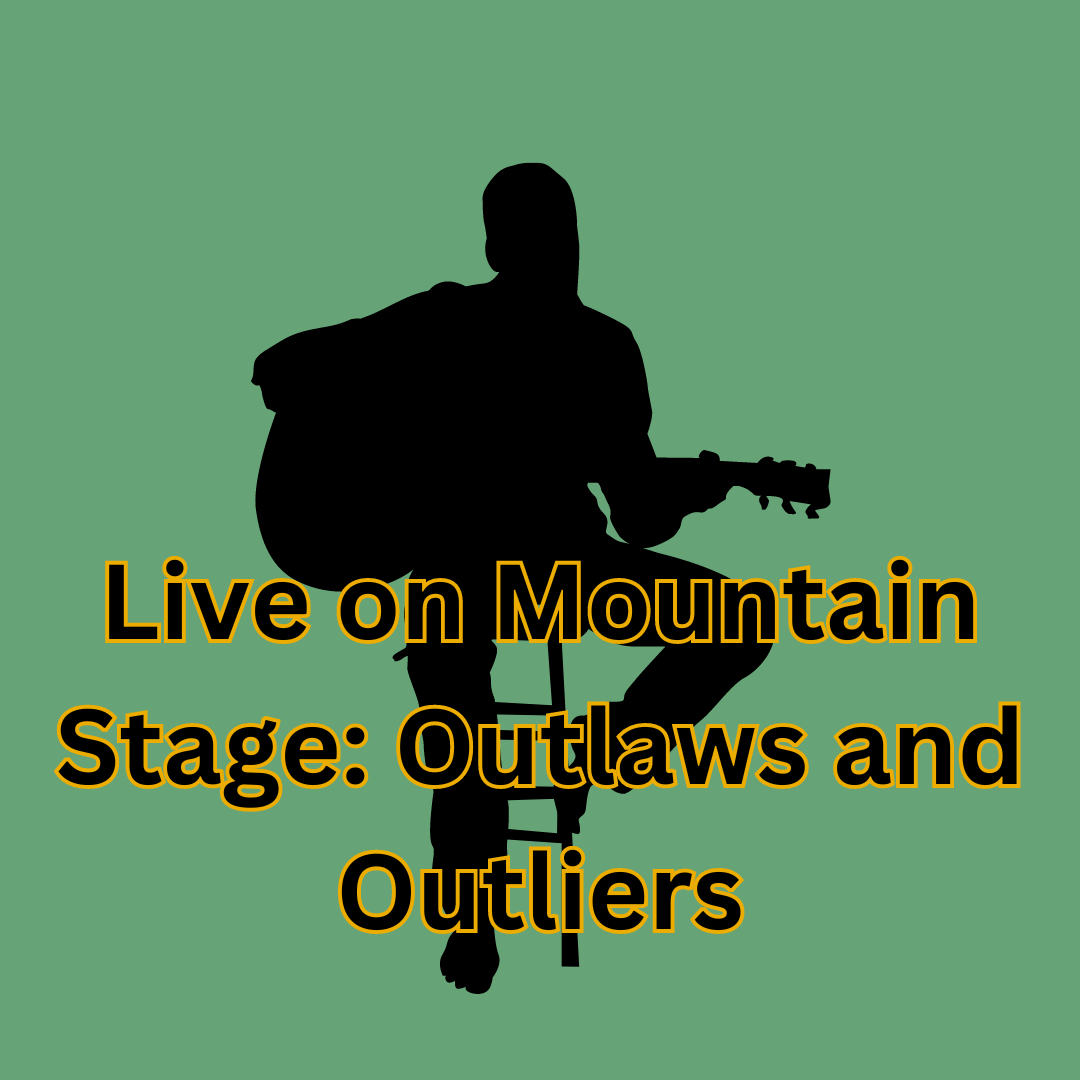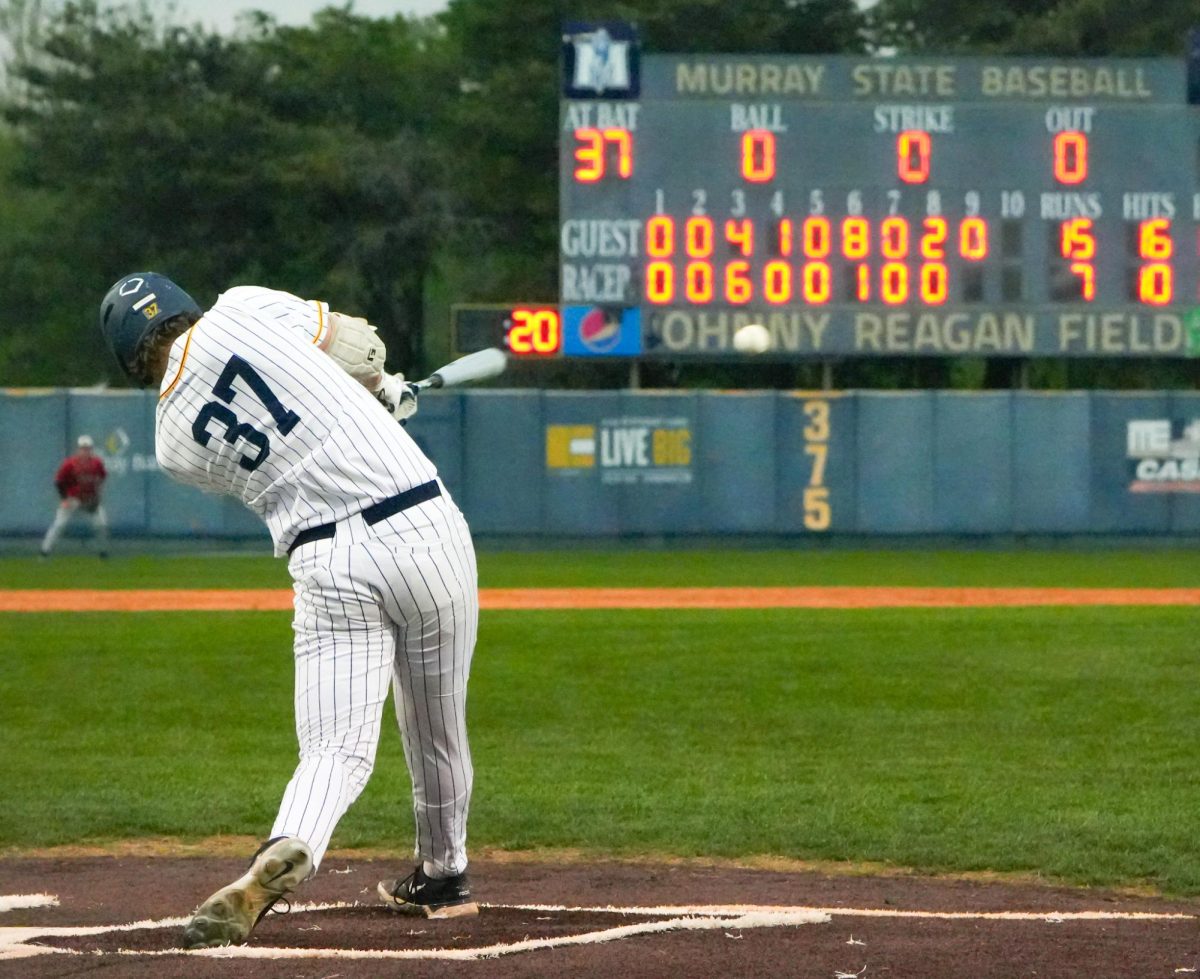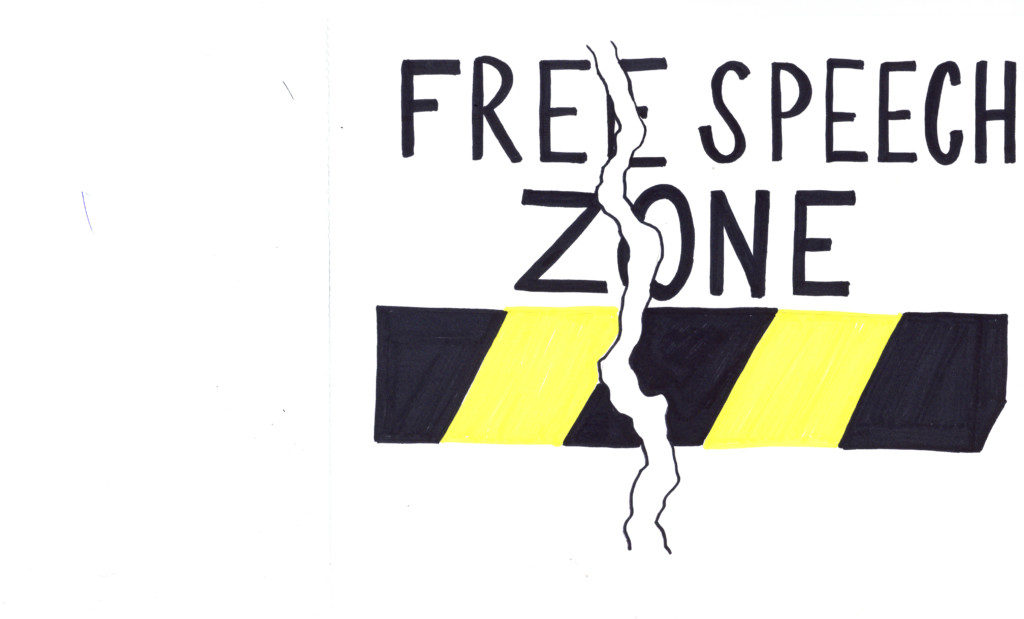The staff editorial is the majority opinion of The Murray State News Editorial Board
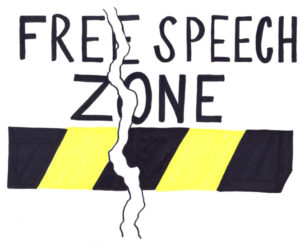
At a Colorado public university, the “free speech zone” has been abolished, leaving students to claim the entire university as grounds for speaking their truths.
While the change might initially seem like an authoritarian attempt to limit free speech and squelch the student voice, it could actually improve opportunities for students to speak out about issues they feel passionate about.
Colorado Sen. Tim Neville said, “Once we limit free speech to a zone, we indicate to our students that free speech does not exist anywhere beyond that zone,” according to an article in The Denver Post.
Neville’s observation is a valid one – if a university has a designated zone for free speech, are there consequences for speaking about certain topics outside the zone?
At Murray State, our free speech zone is probably most famous for being the stomping grounds for Preacher Ross and other unpopular figures.
Monday, an anti-abortion group set up a graphic display of photos and statements in the free speech zone and was not well-received by students.
The display featured photos of aborted fetuses – sometimes just bloody segments – on large, elevated posters.
Some students felt the demonstration was ineffective and aggressive and not aimed at actually educating or persuading anyone in a civil manner.
Students have responded similarly when Preacher Ross has come to campus for his annual fire-and-brimstone spectacle – for most, being on the receiving end of shouting and berating will never result in a change of beliefs or opinions.
Rather, a calm conversation between people with opposing views yet patient attitudes could be enlightening and productive if not persuasive.
If the designated zone – at least at Murray State – seems to draw a particular kind of protest, would its abolition lead to less inflammatory expressions of free speech?
Or, would eliminating a zone for such exhibitions simply give problematic speakers license to cause mayhem anywhere on campus?
According to the Denver Post, the university still reserves the right to set restrictions on demonstrators or speakers to ensure their acts occur at a “reasonable time, place and manner.”
So, would the anti-abortion group that visited our campus be able to visit a Colorado school and enter a classroom, unprompted, for a demonstration? No – though the rules and restrictions are unclear, the change does not mean all parts of campus are fair-game for a rowdy protest.
The bill that put the change into effect – Colorado Senate Bill 62 – also grants students the ability to sue their university if they feel their right to free speech has been violated.
It’s a risky and complex choice, but potentially a wise one for a university that wants to create an active and collaborative community – a “marketplace of ideas,” anyone?
The concept of a free speech zone isn’t too different from its cousin, the Safe Zone, which is easily identified by colorful stickers on office doors and bulletin boards. Safe Zones certainly are beneficial to the student body, but the same implication attached to the free speech zone must be considered: are other areas on campus not “safe” or accepting of all students?
Defining areas of freedom is a slippery slope, so for the safety and comfort of the student body, perhaps Murray State should follow Colorado in abolishing zones and making it clear the campus – every bit of it – is a welcoming spot for students of all kinds.


